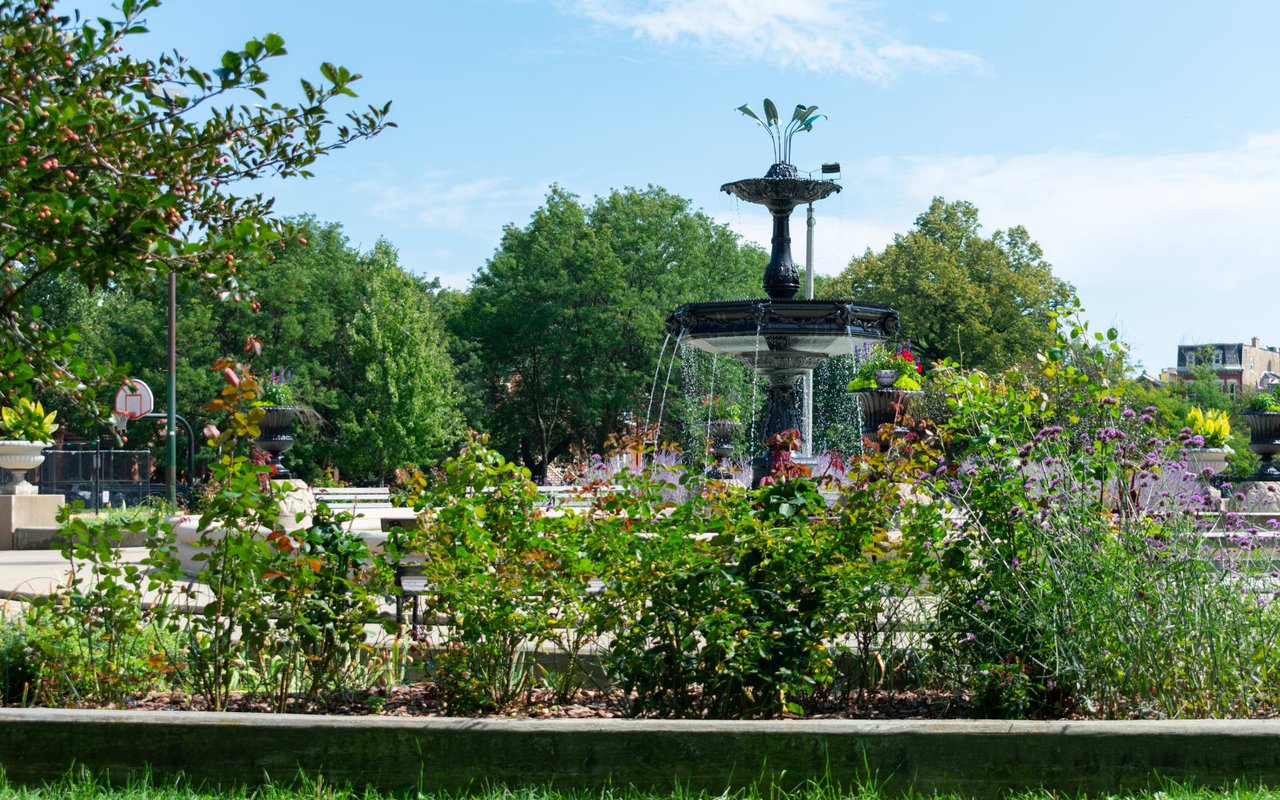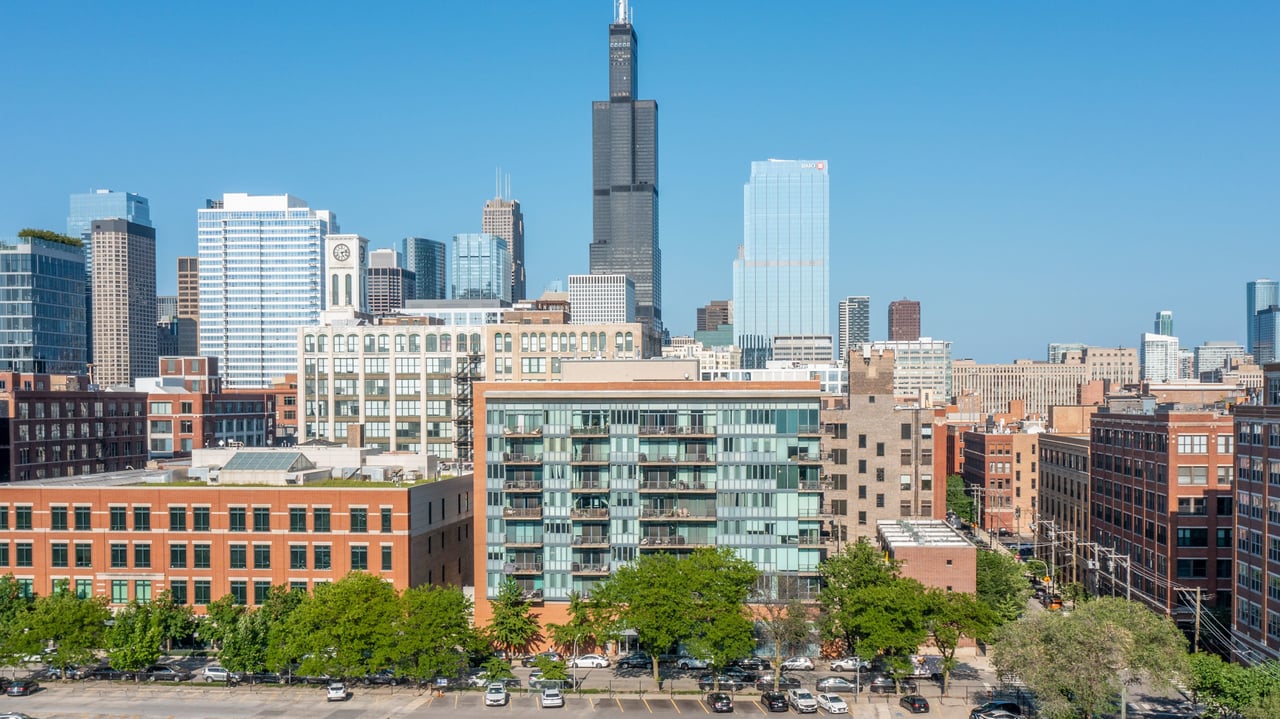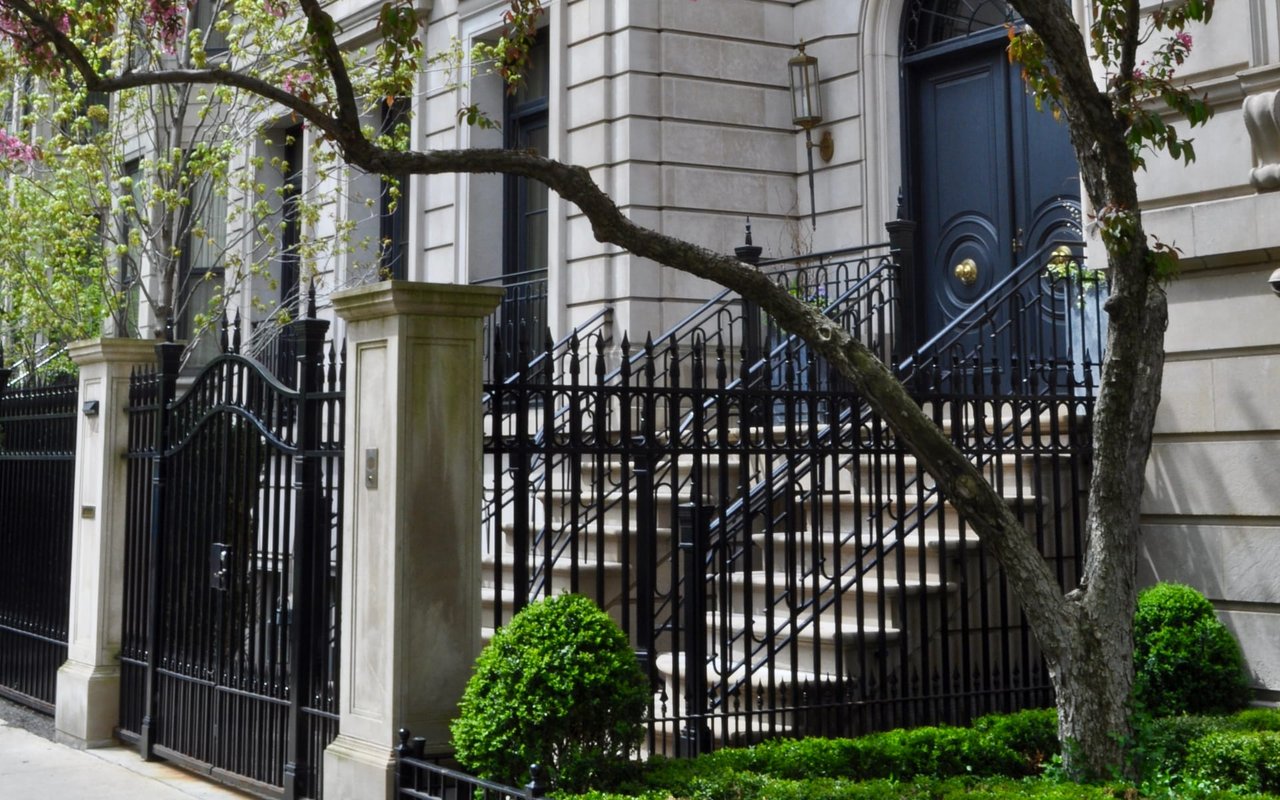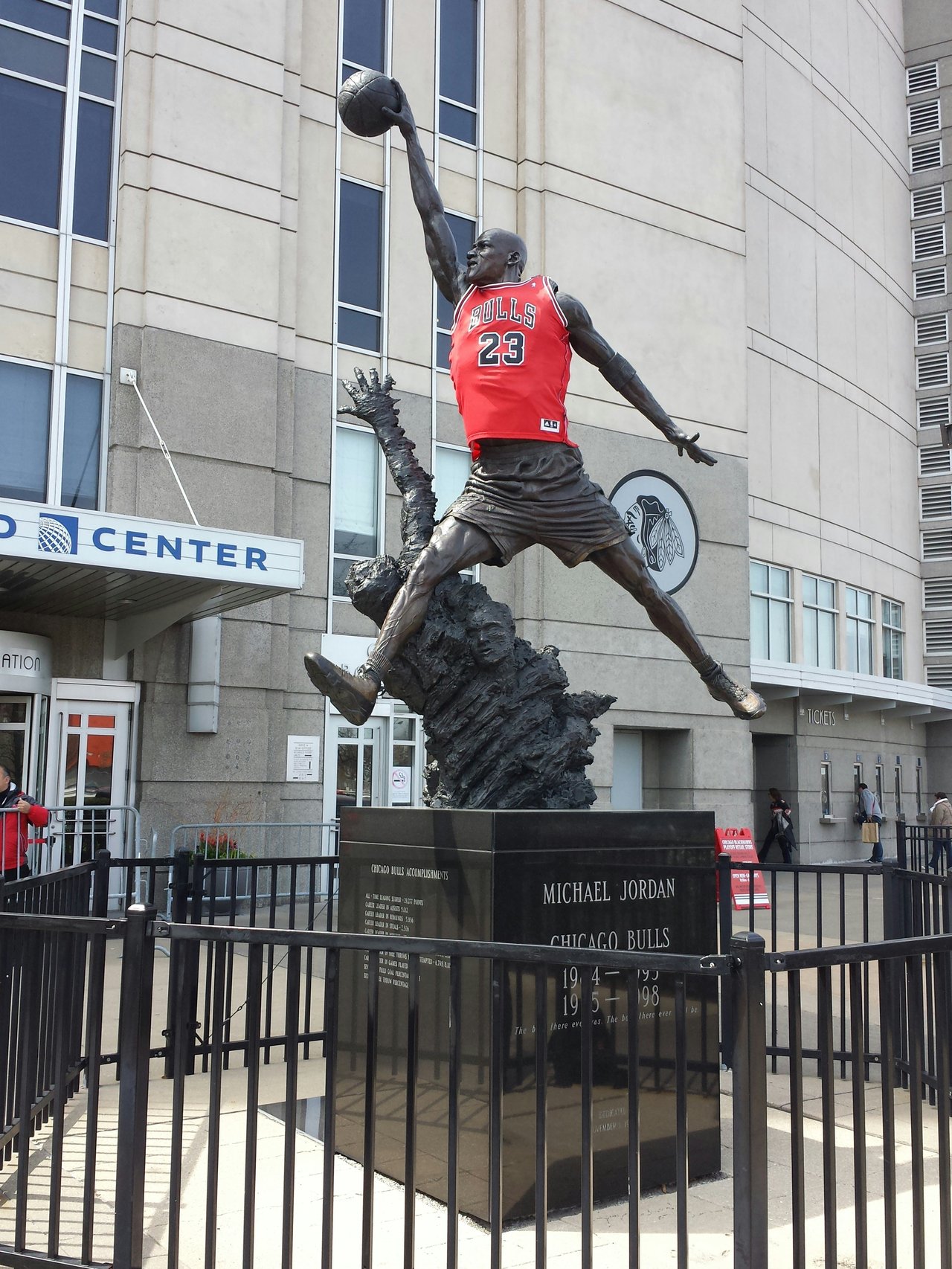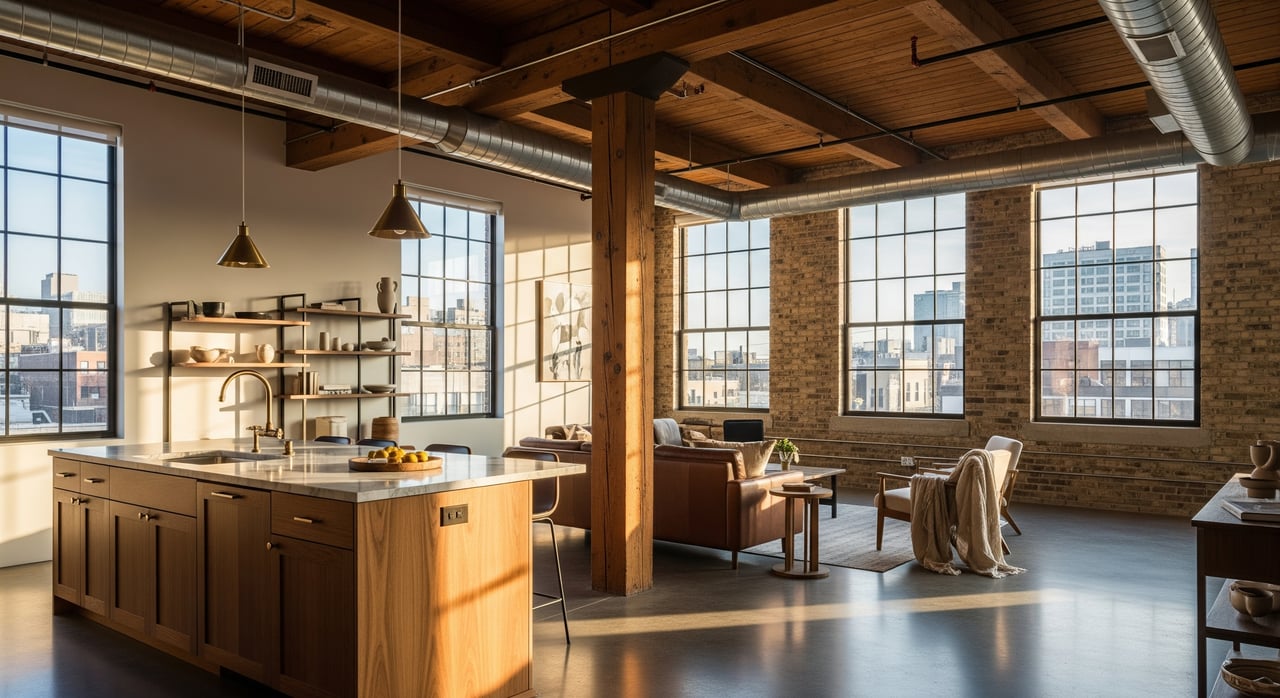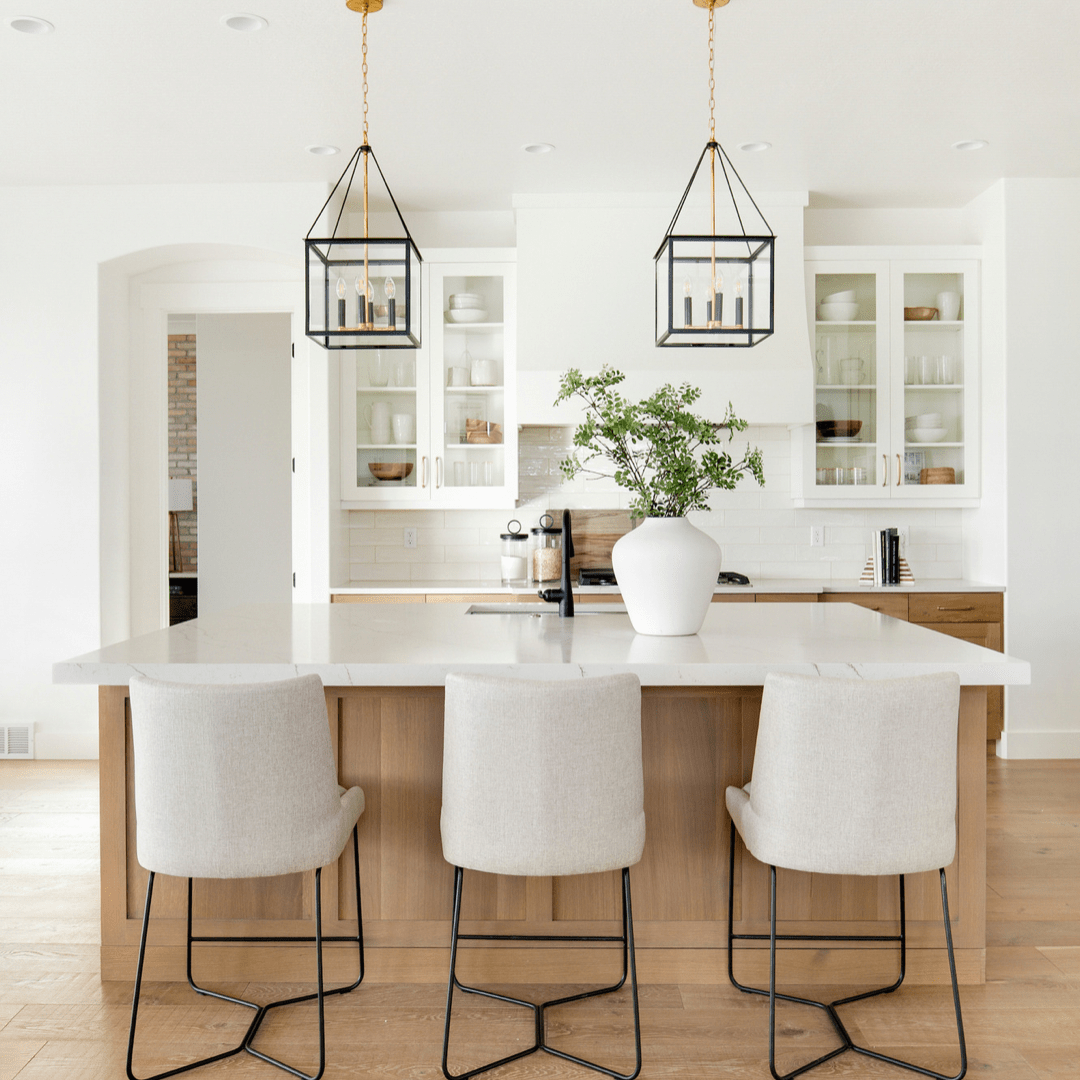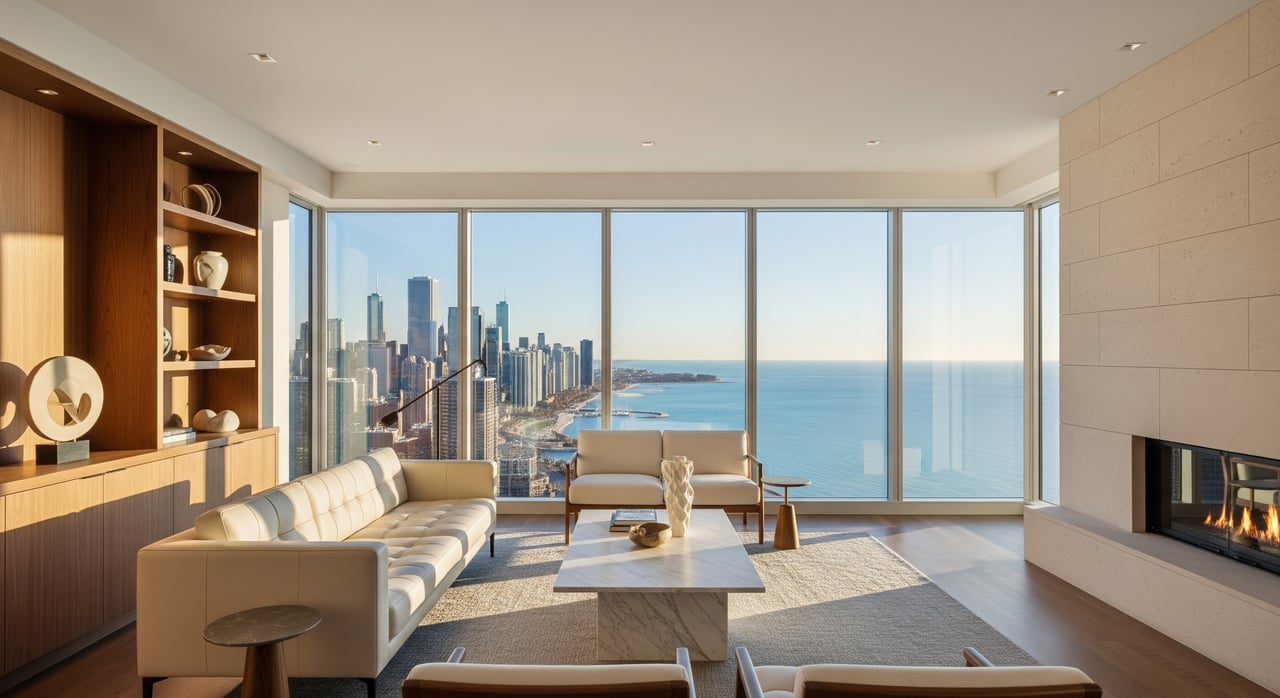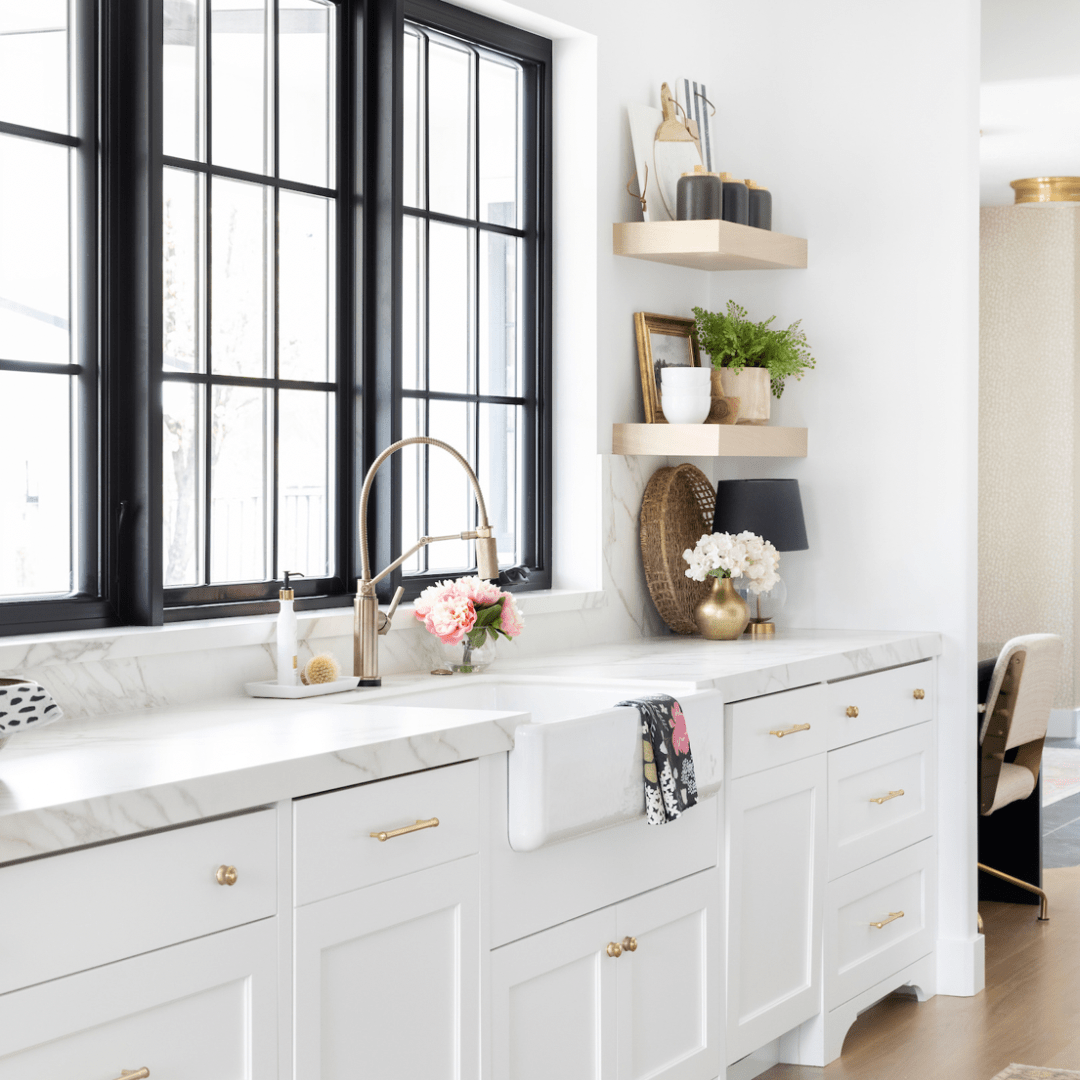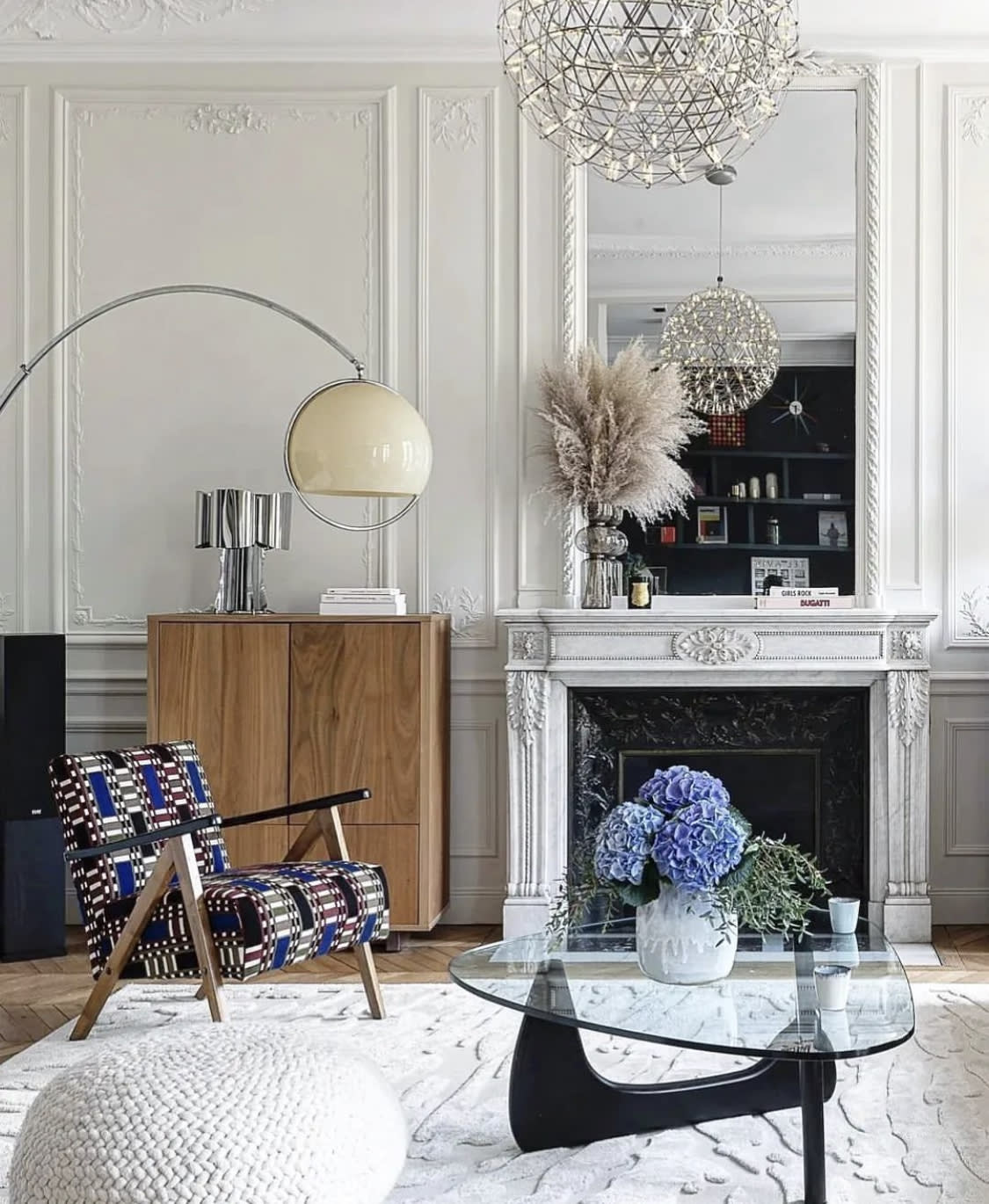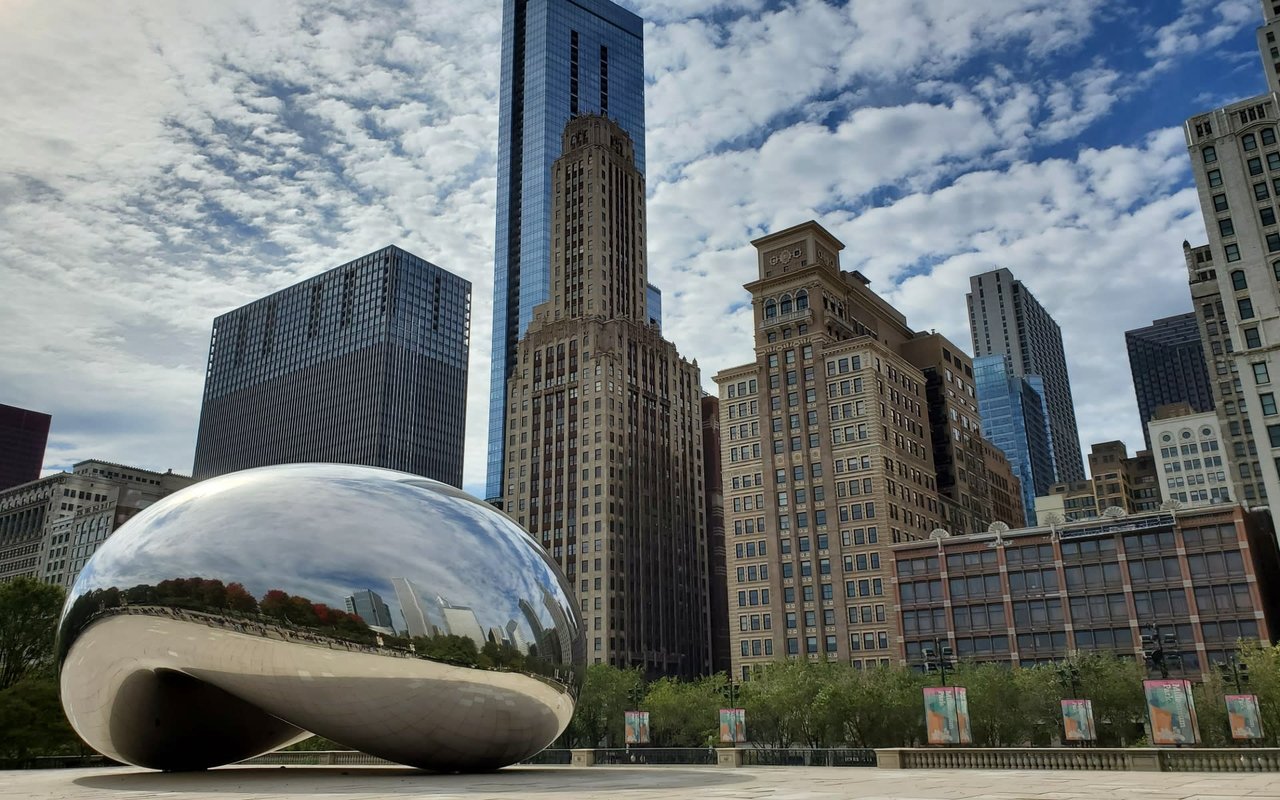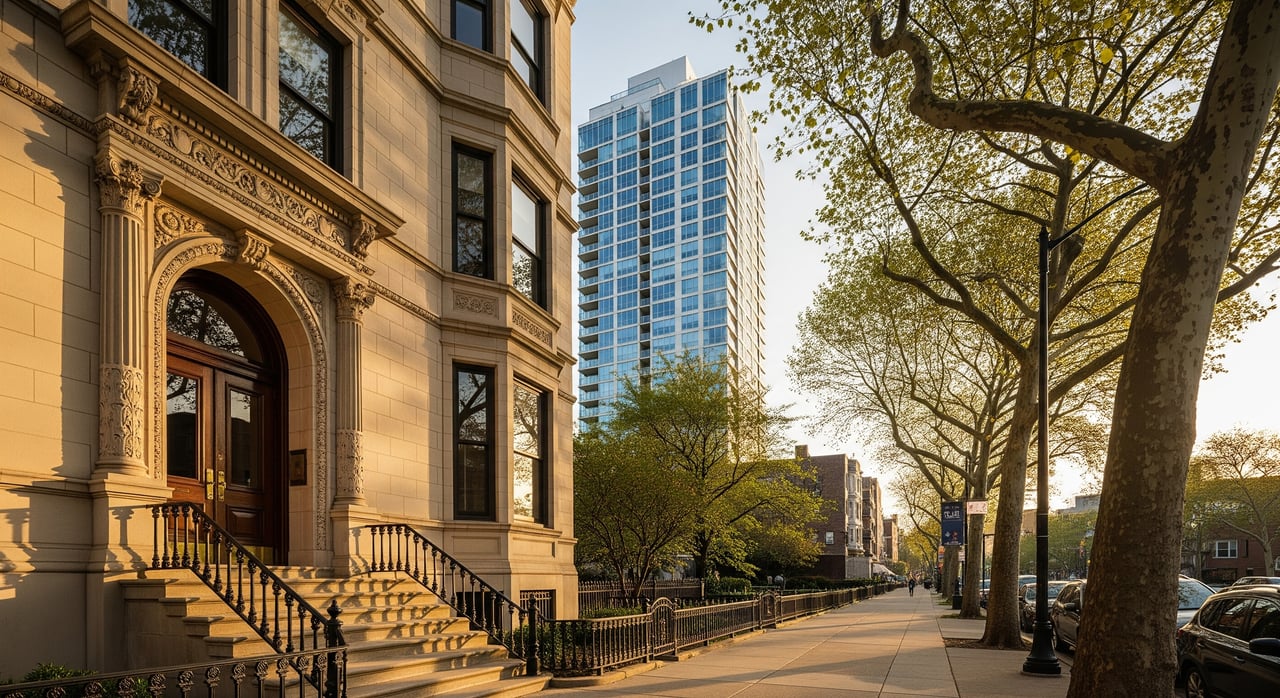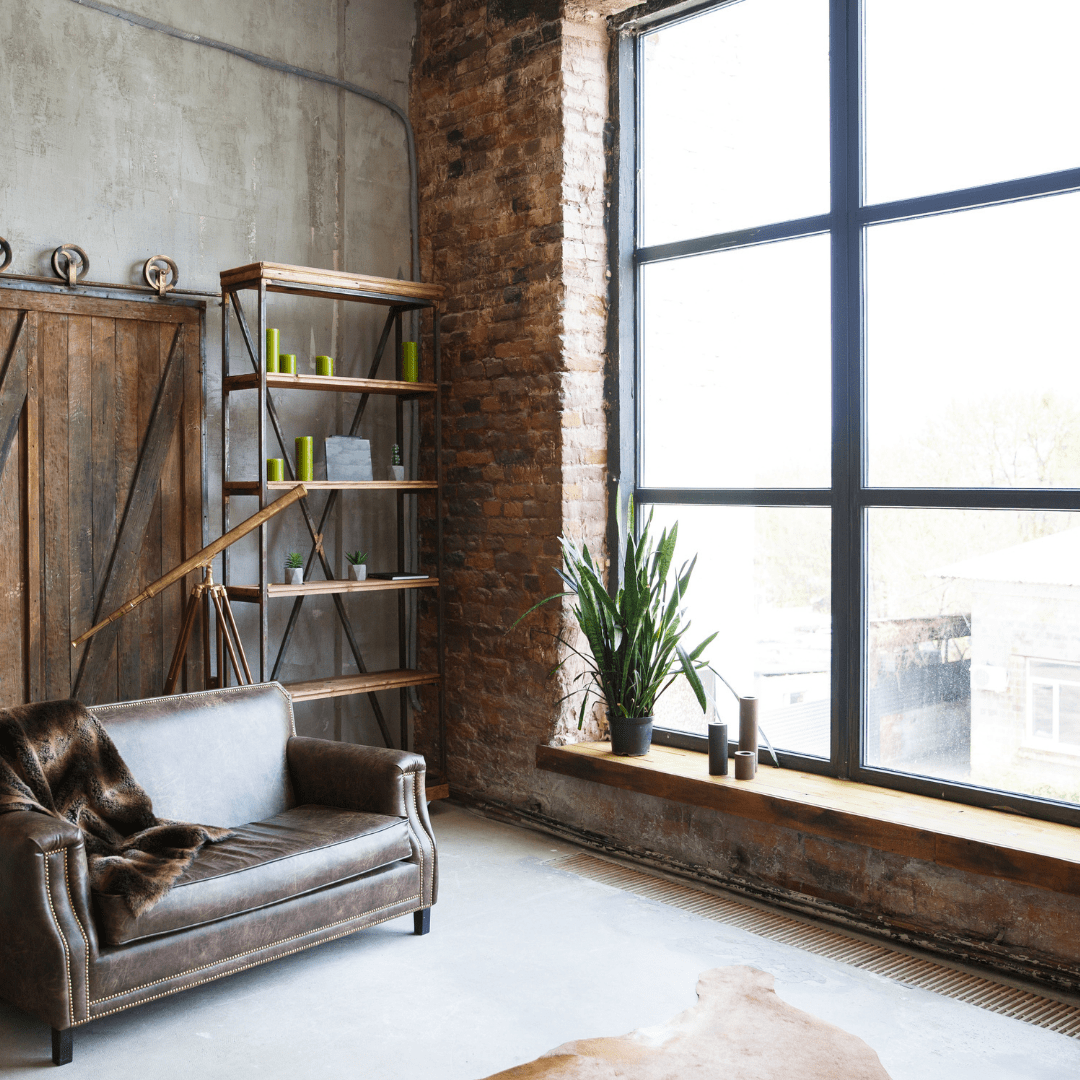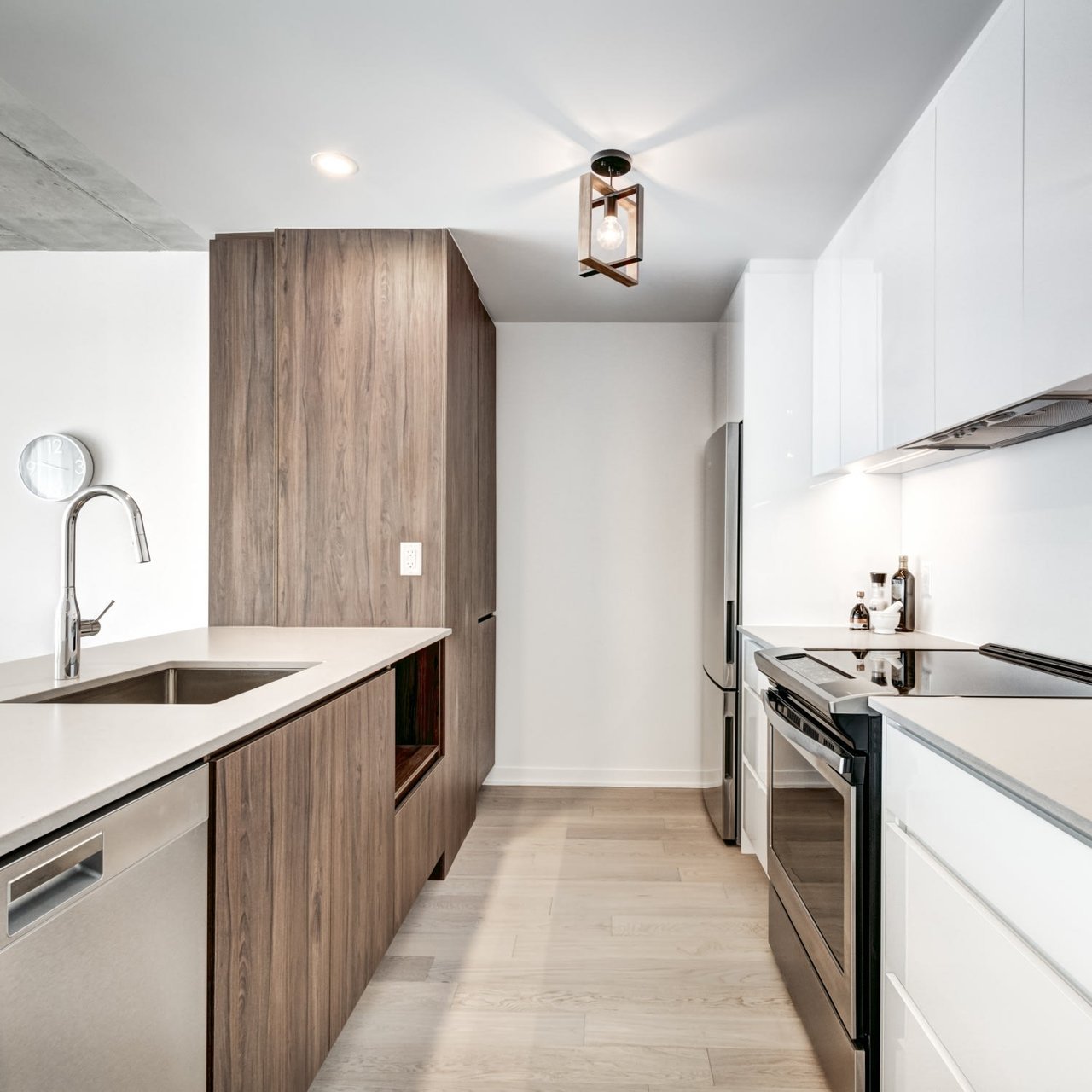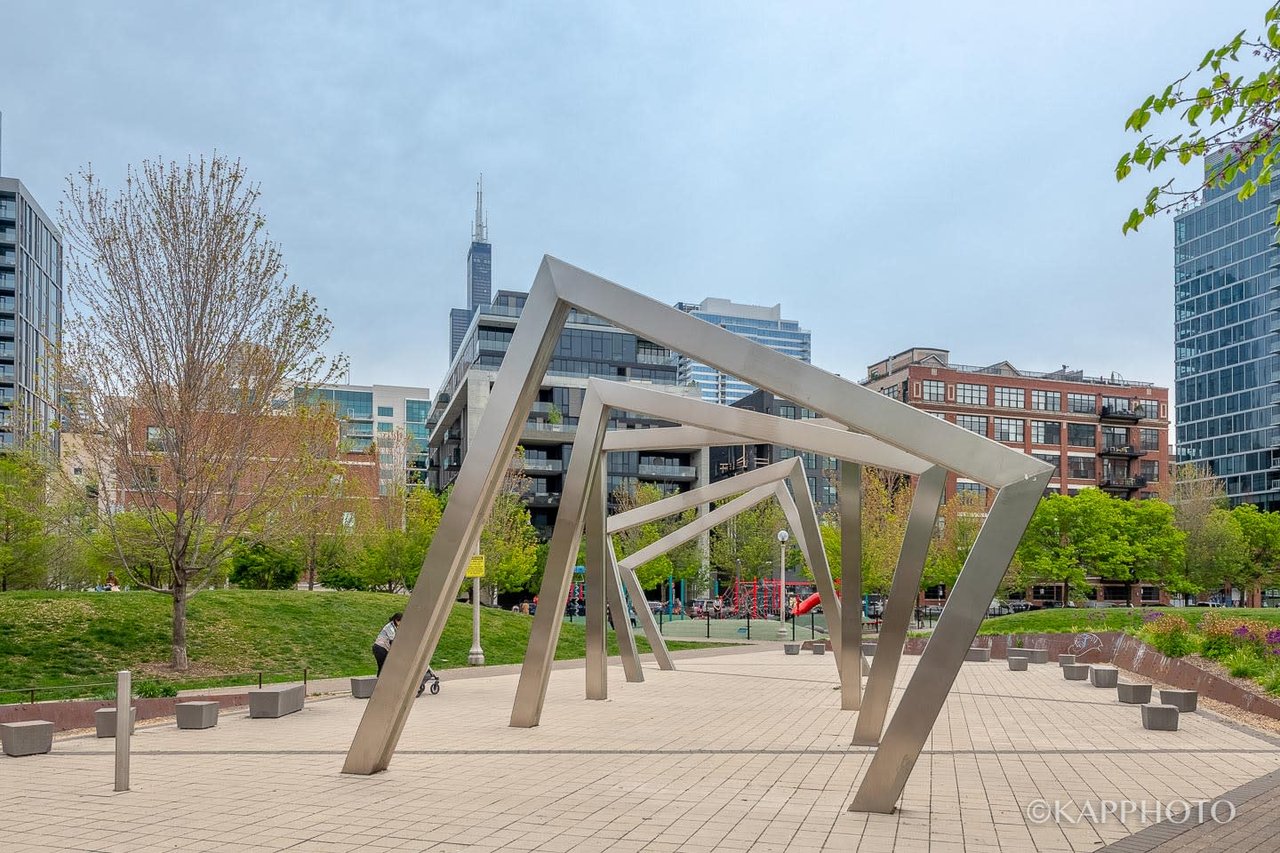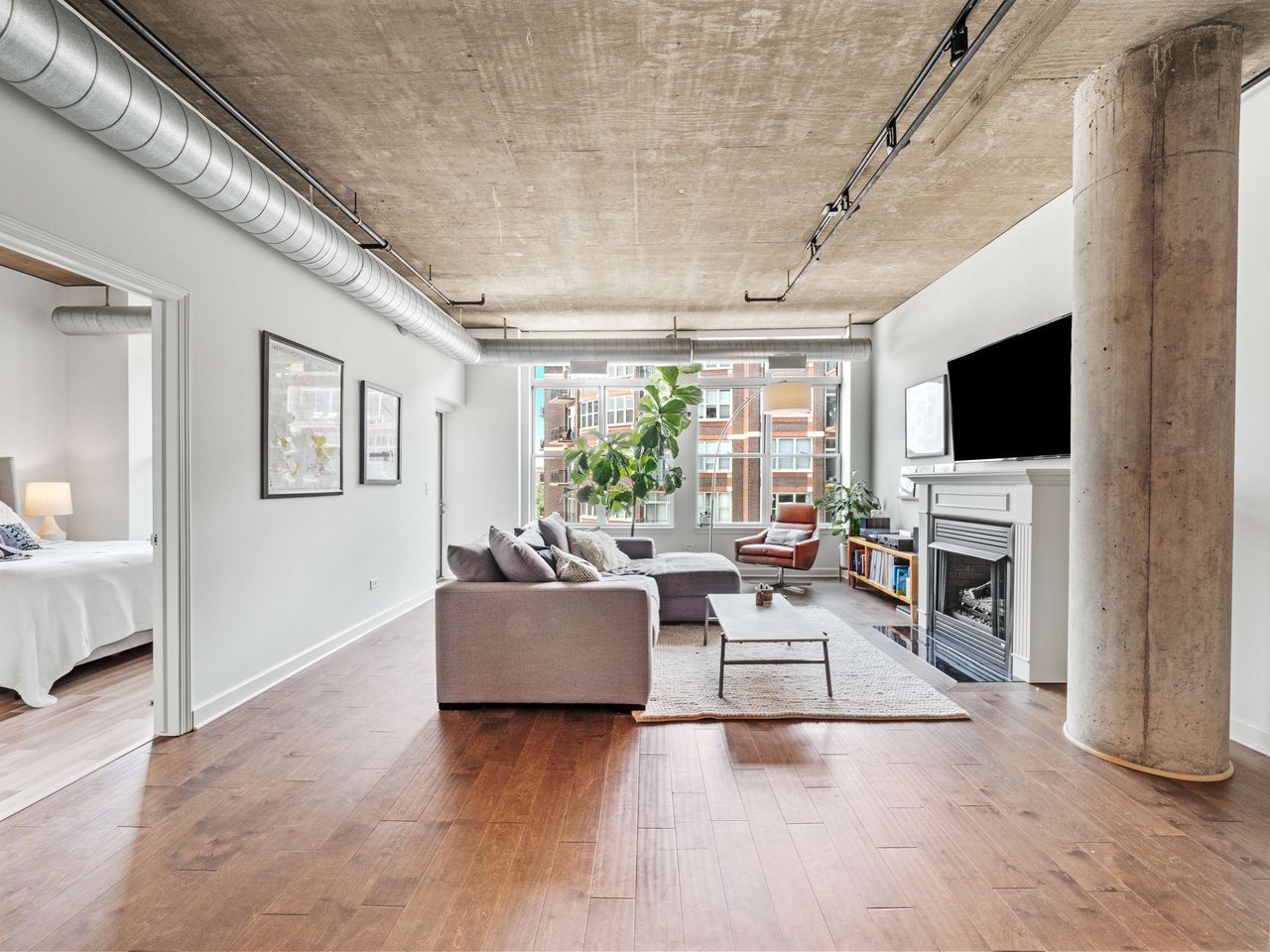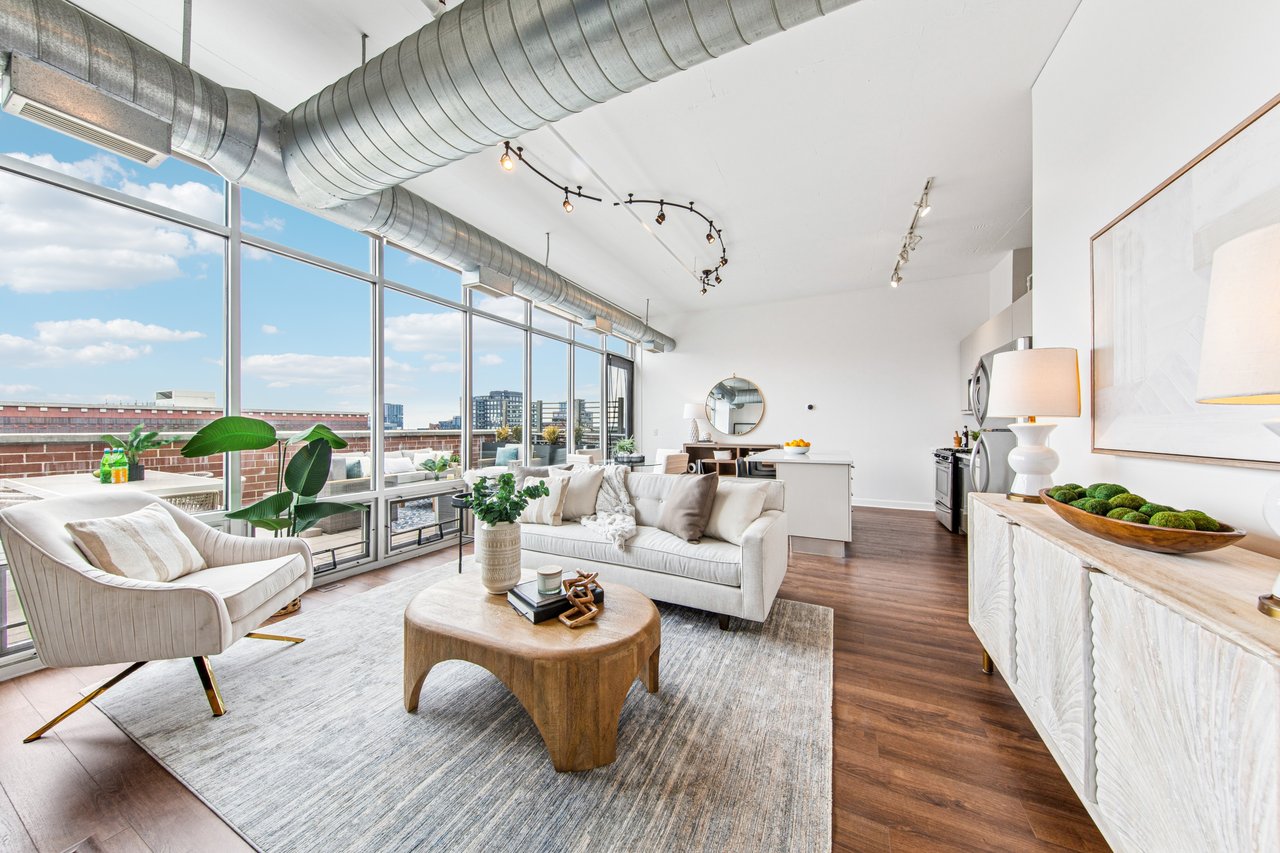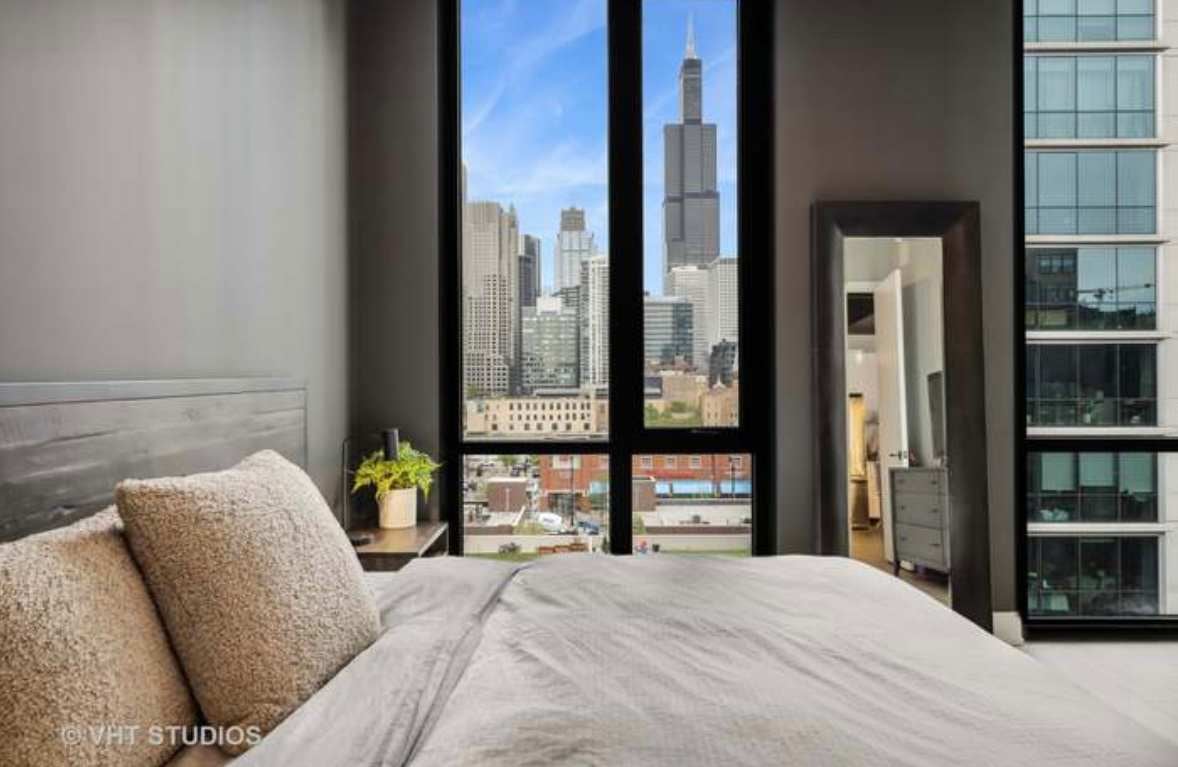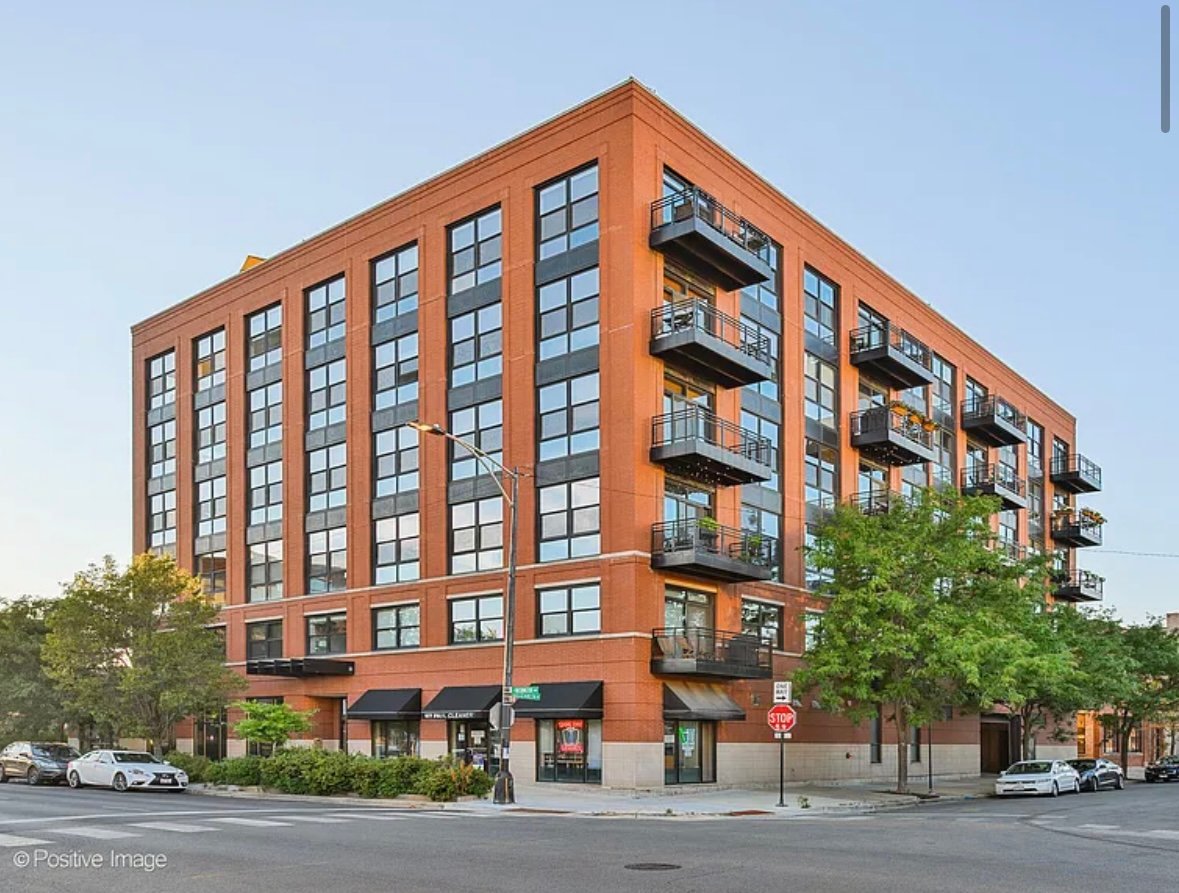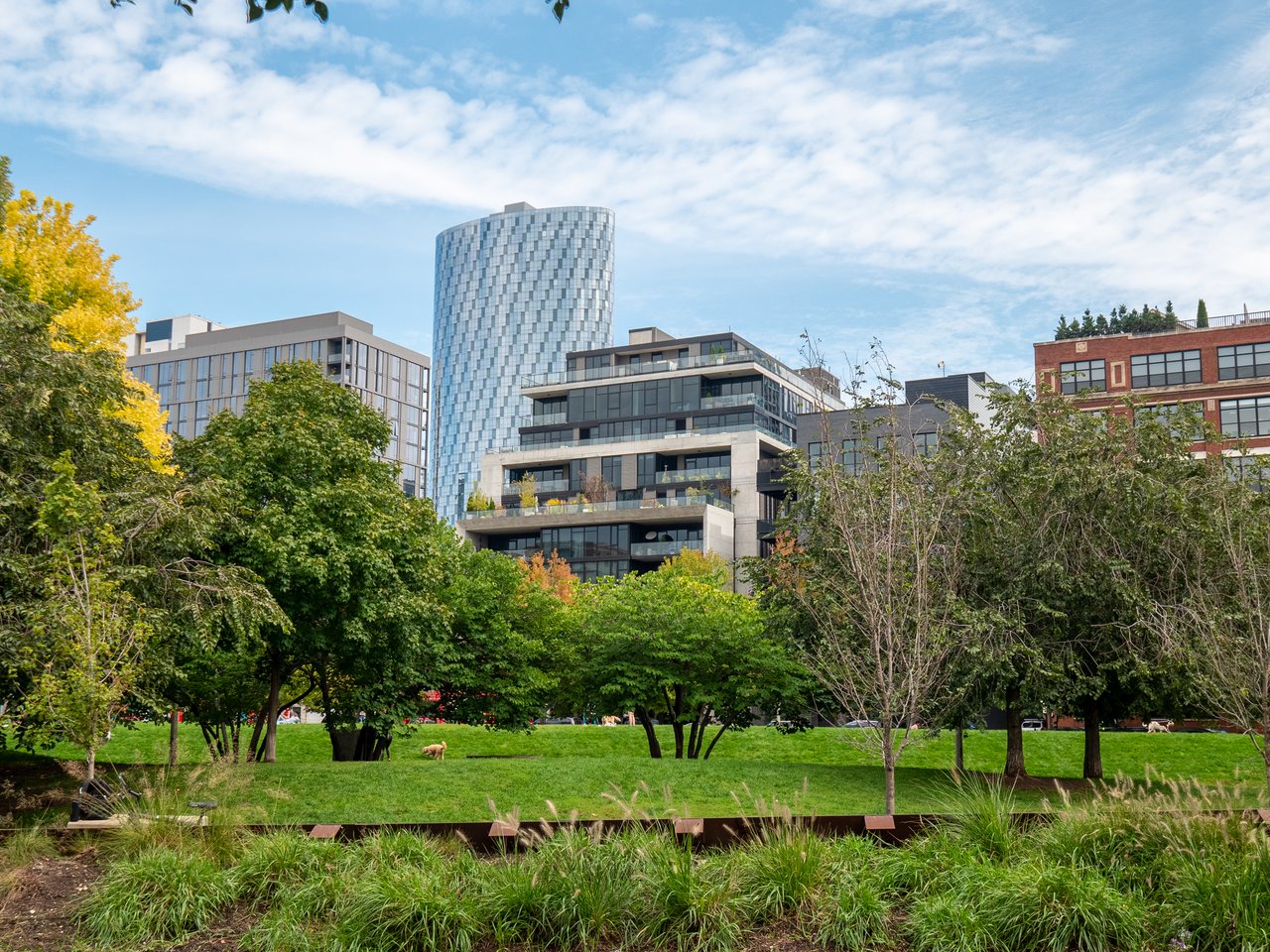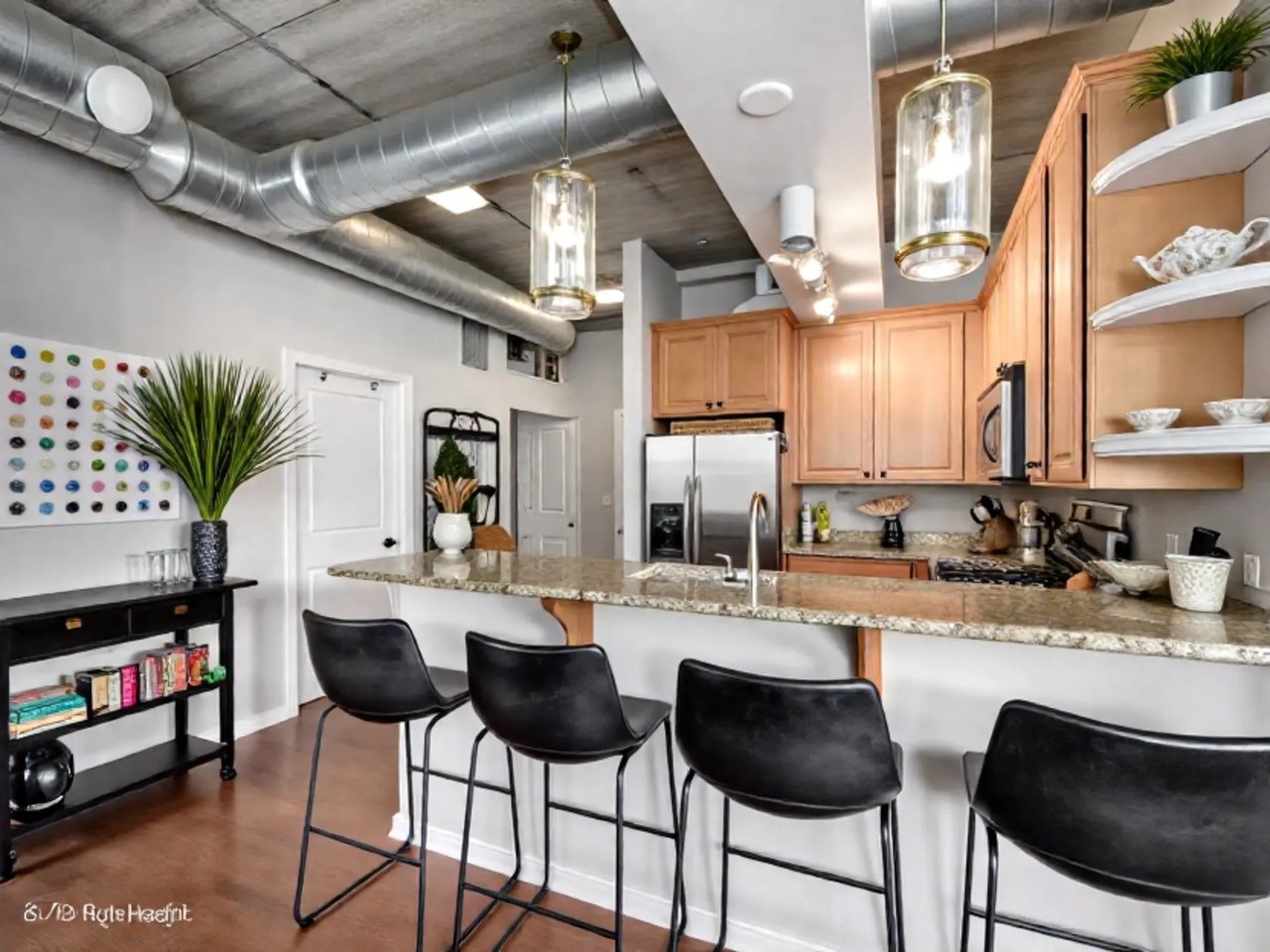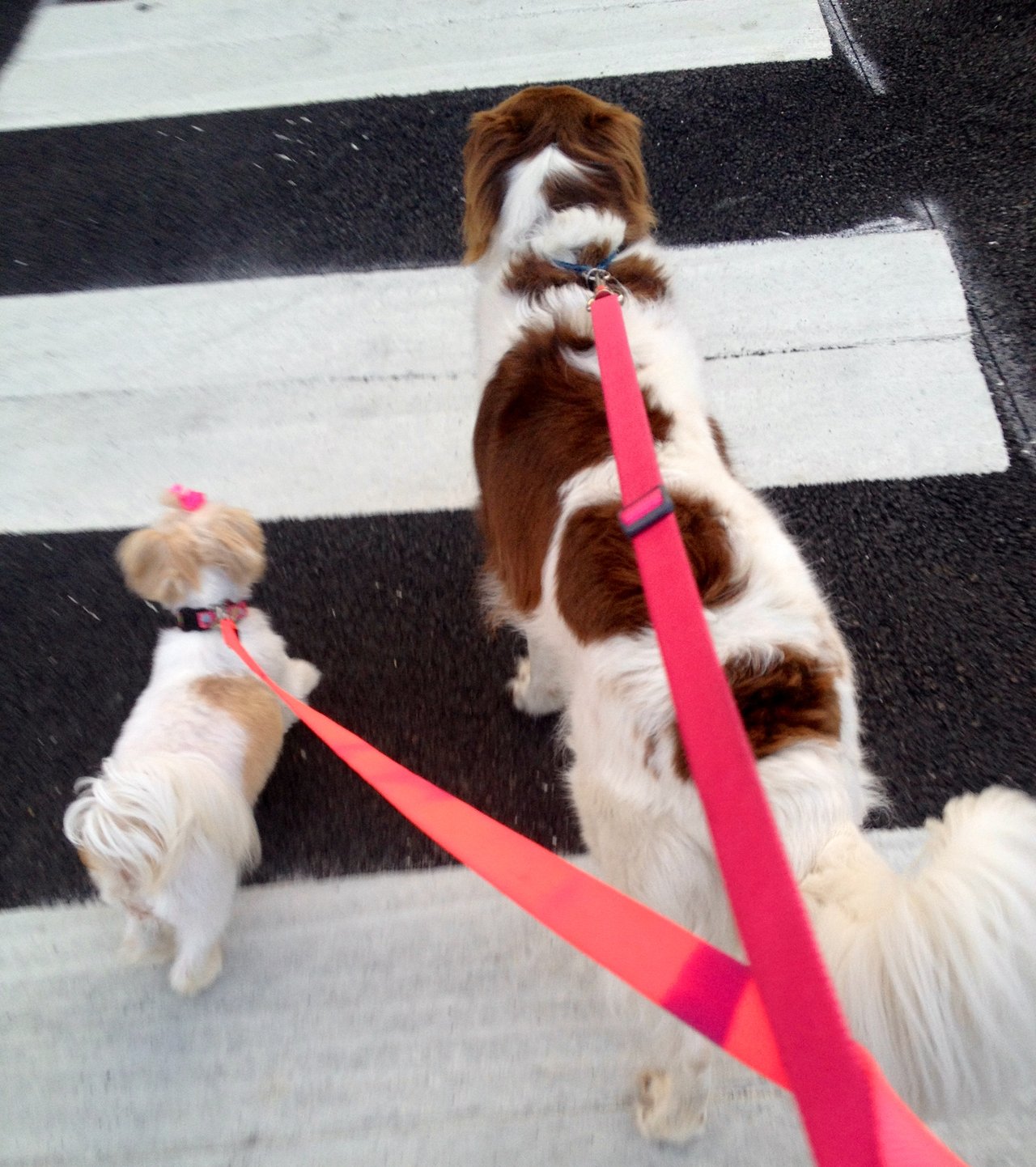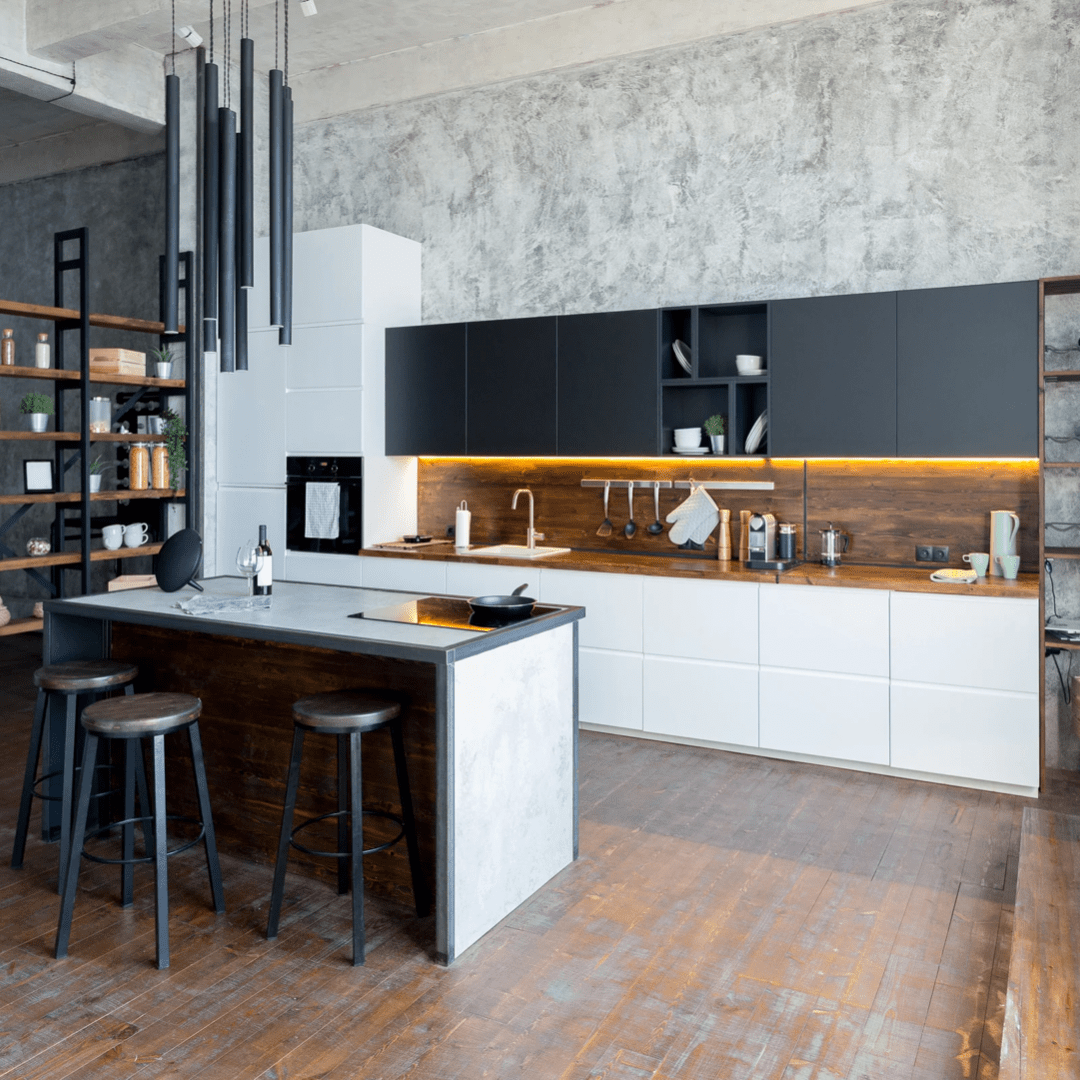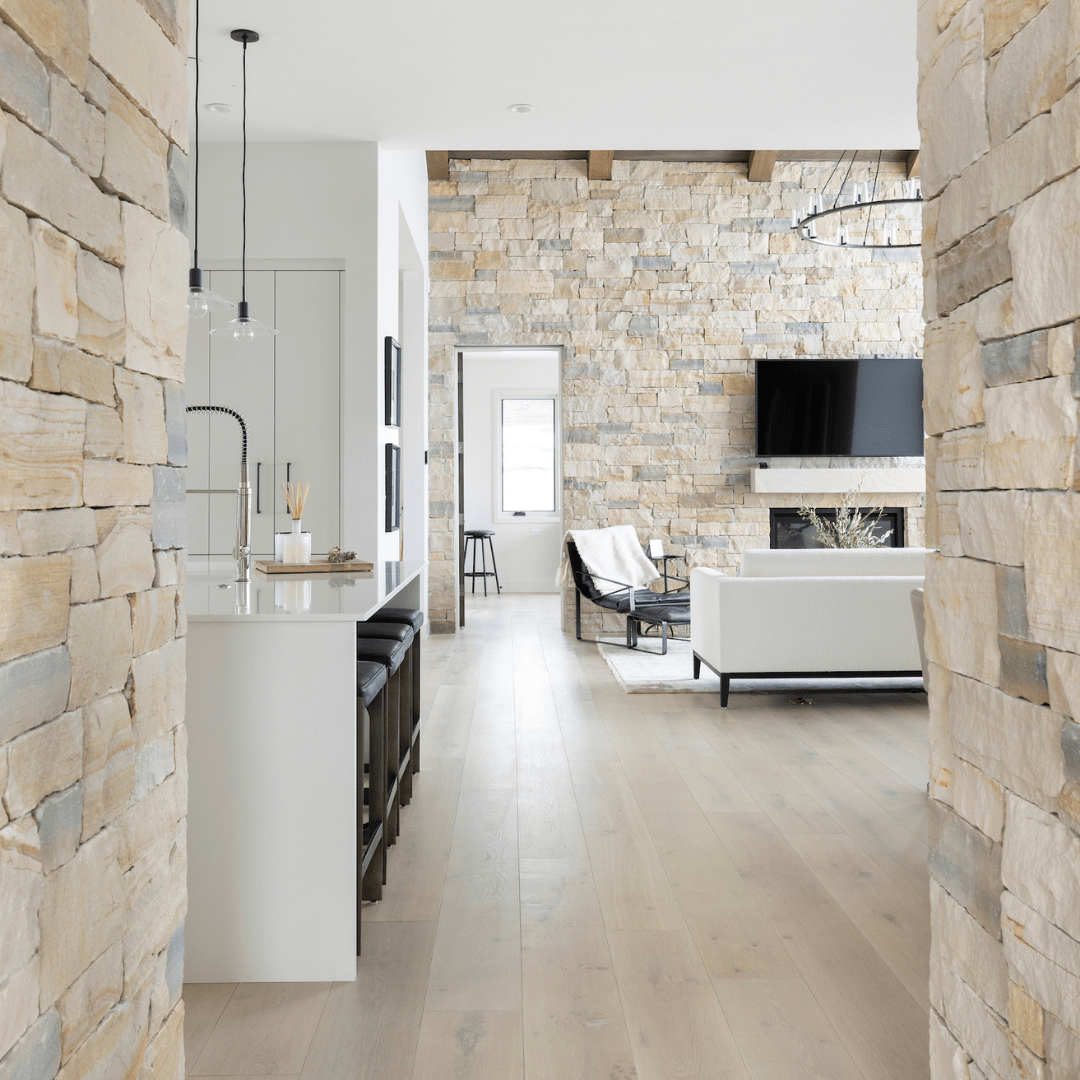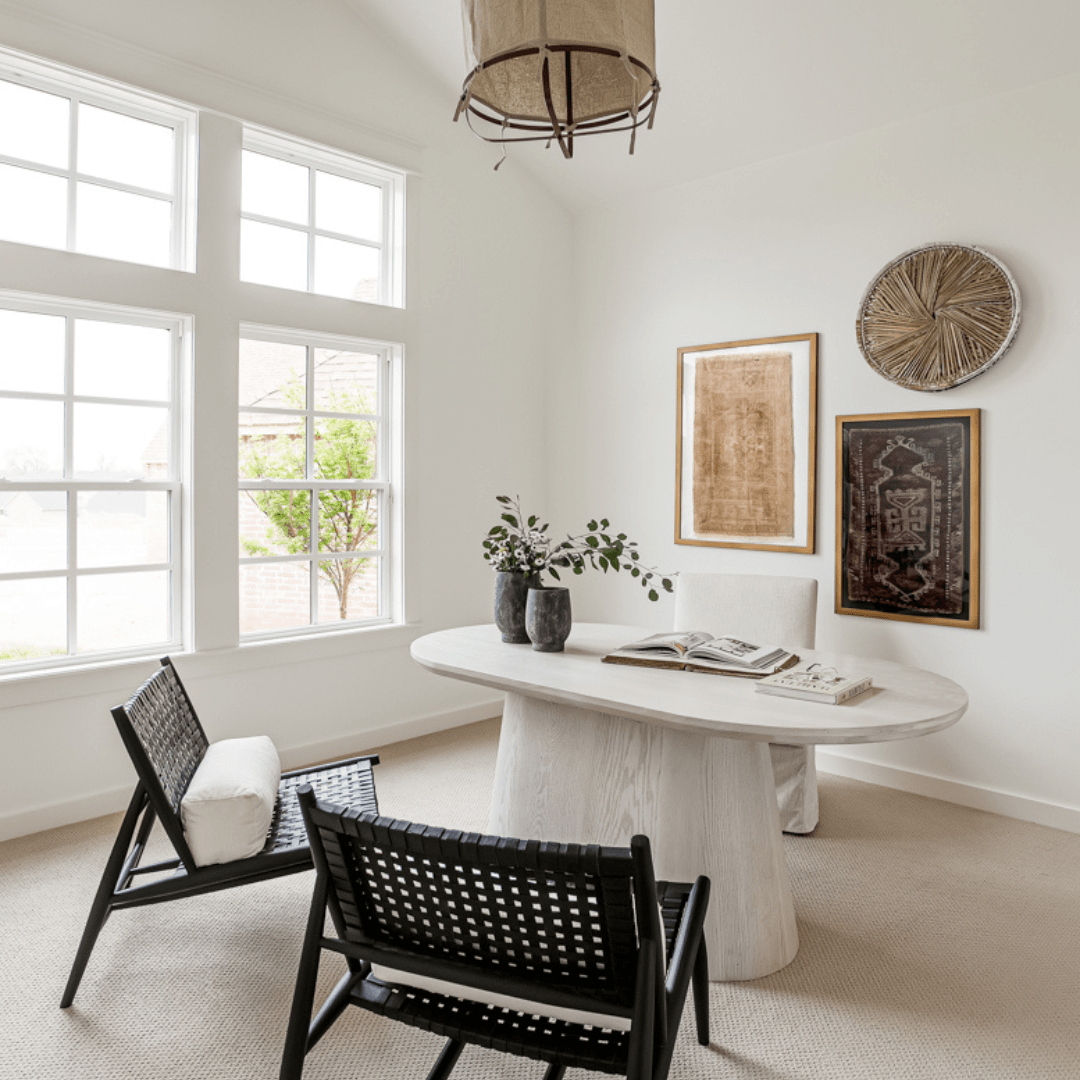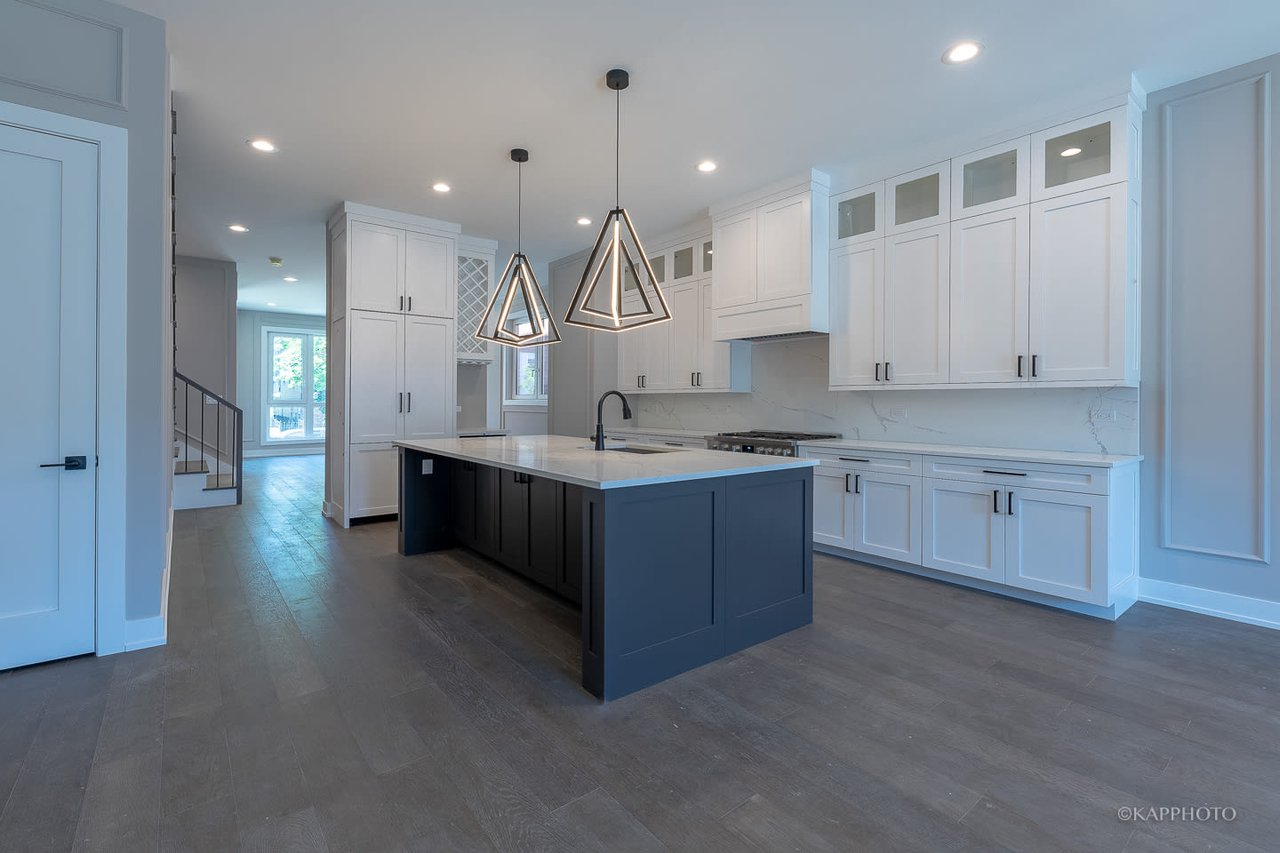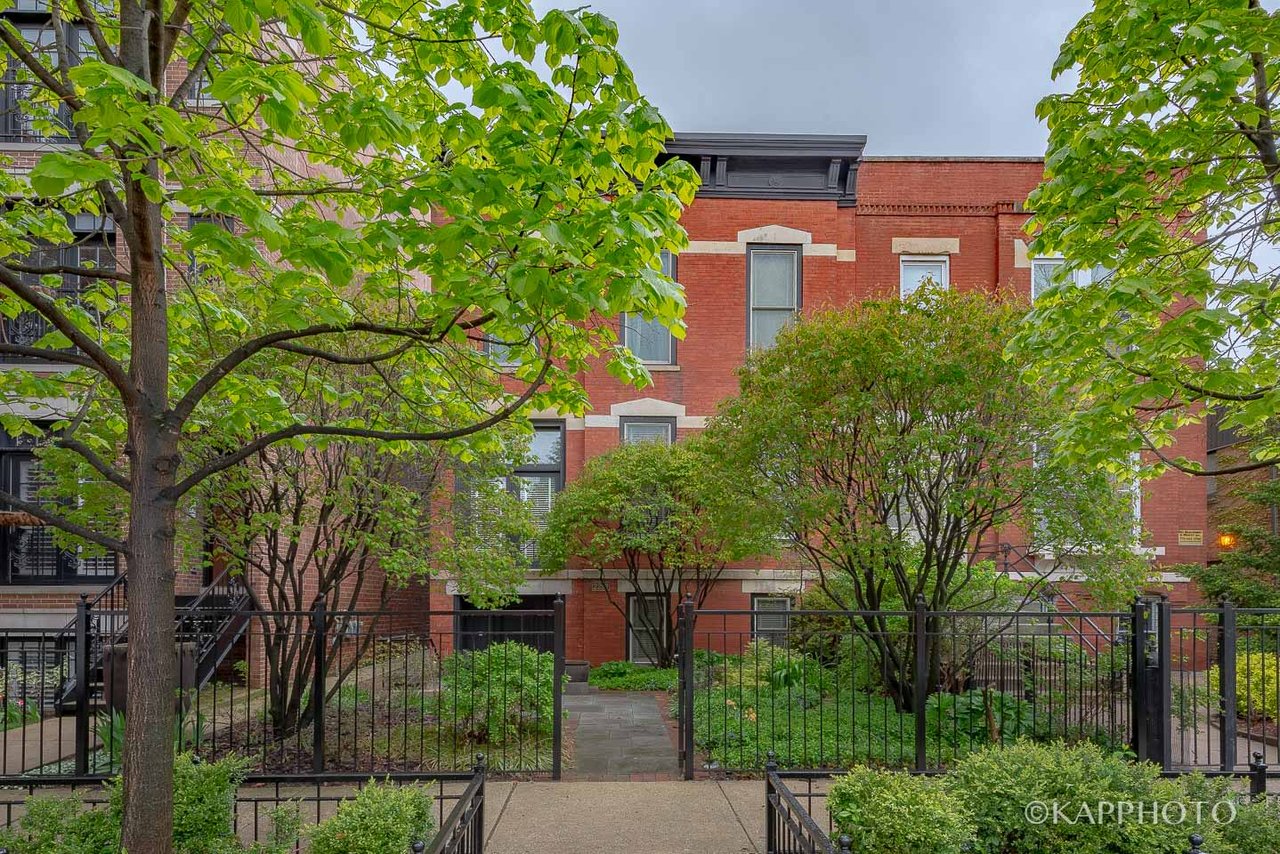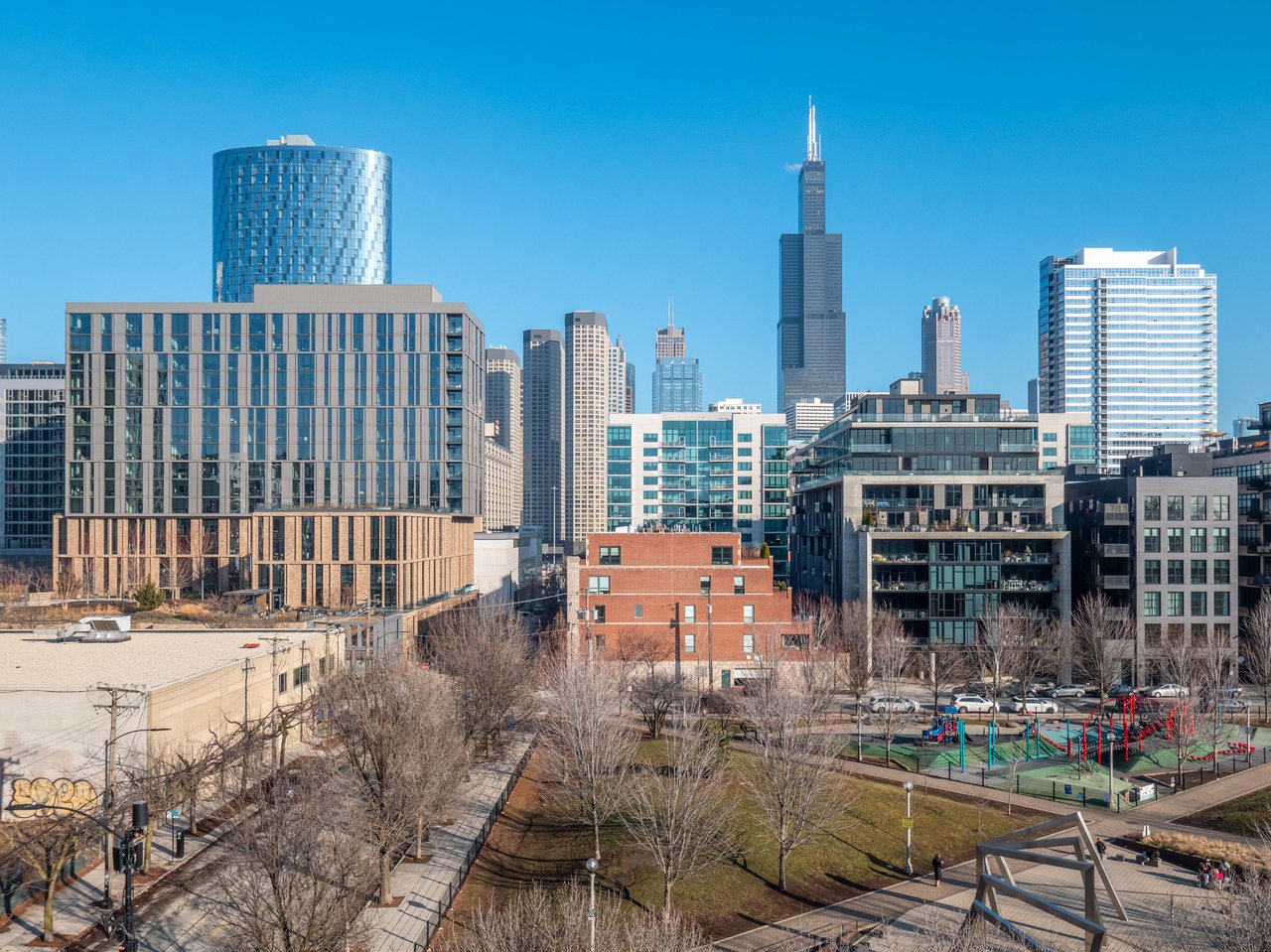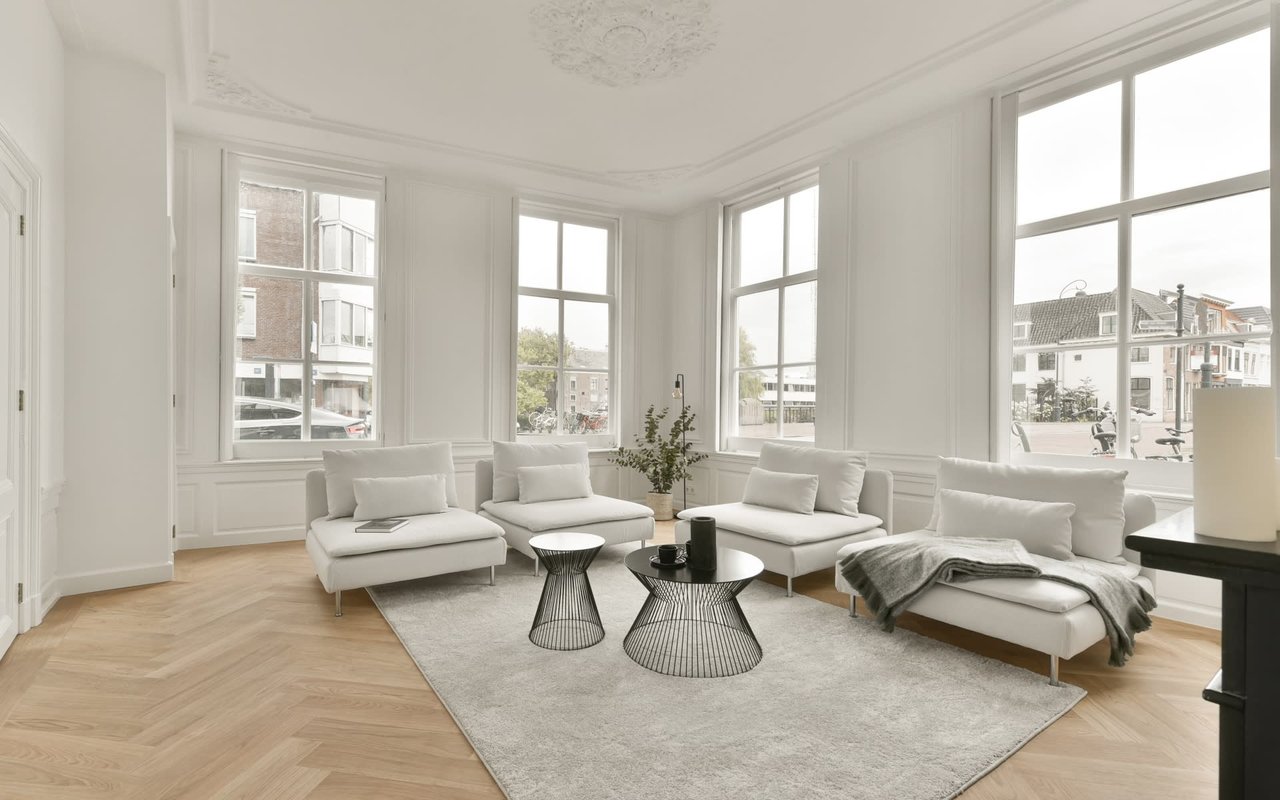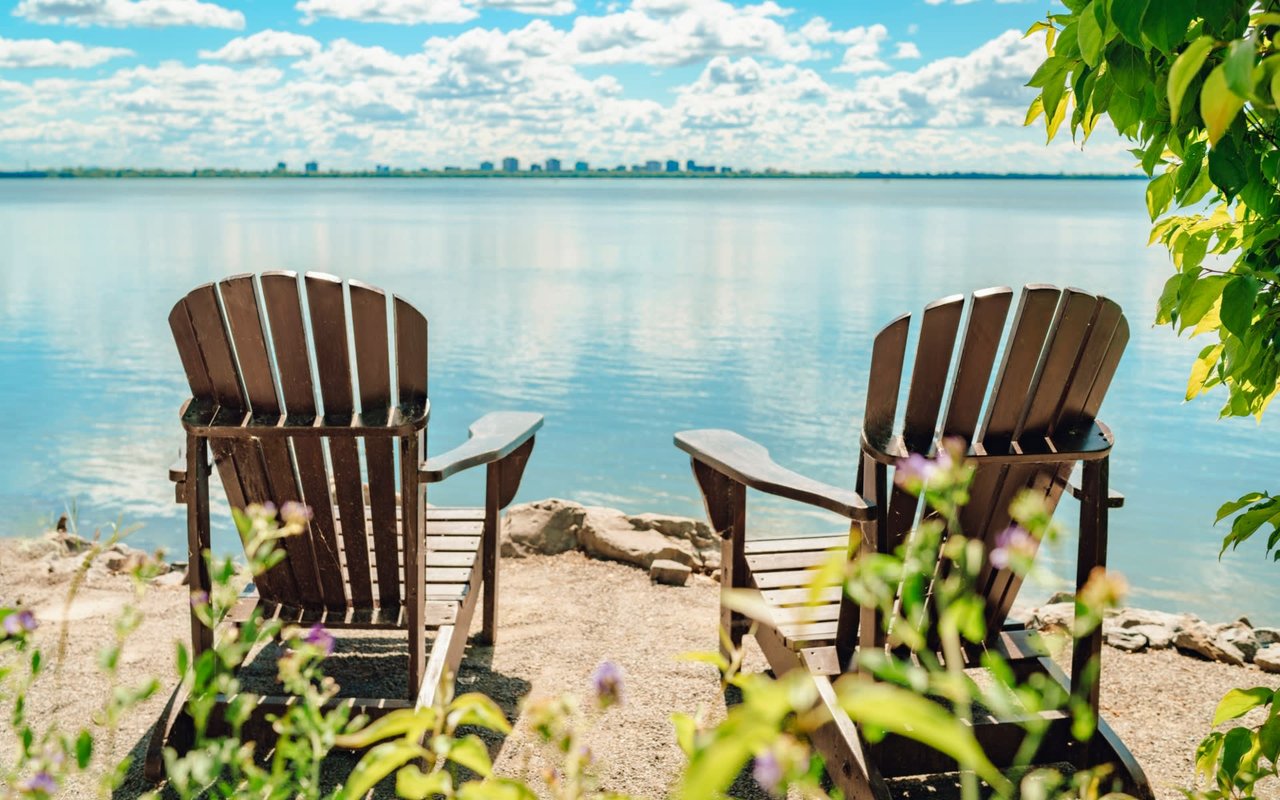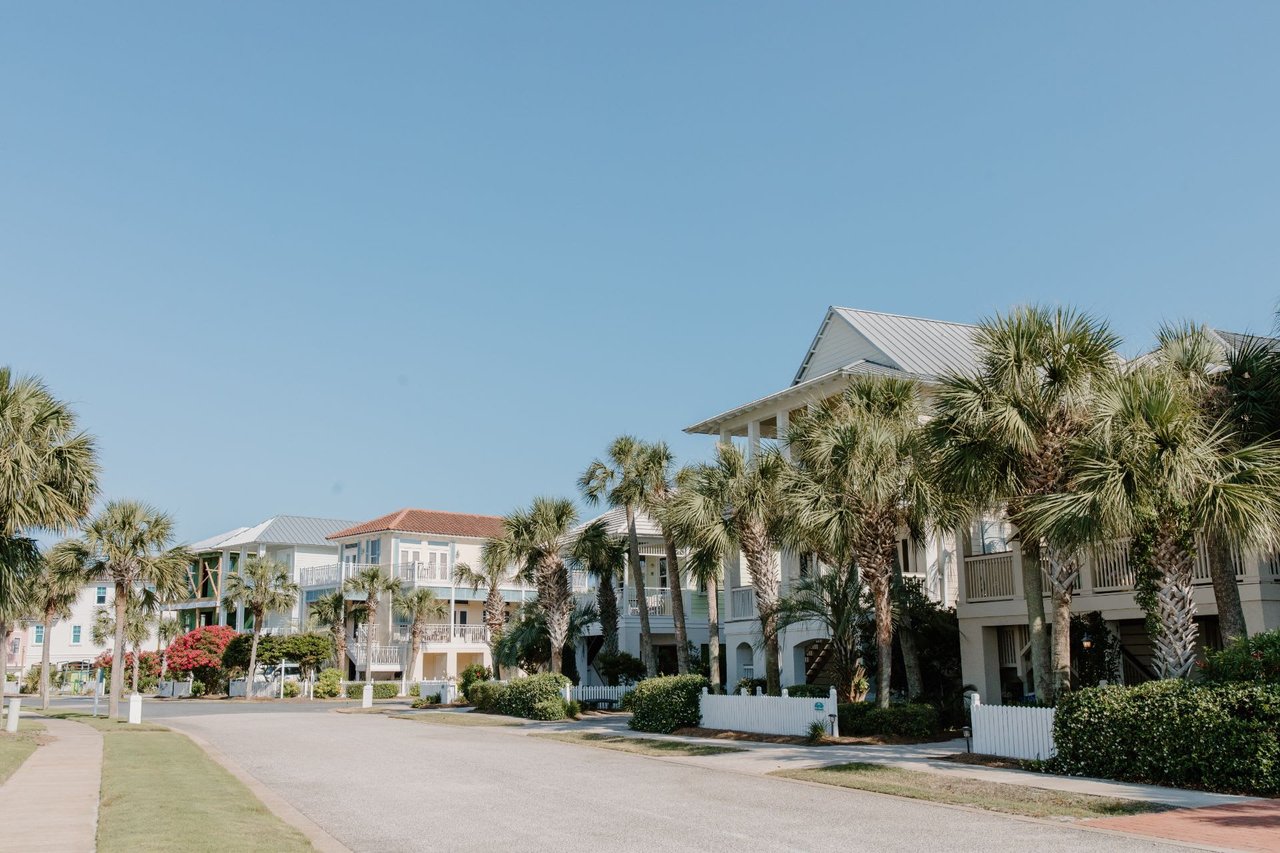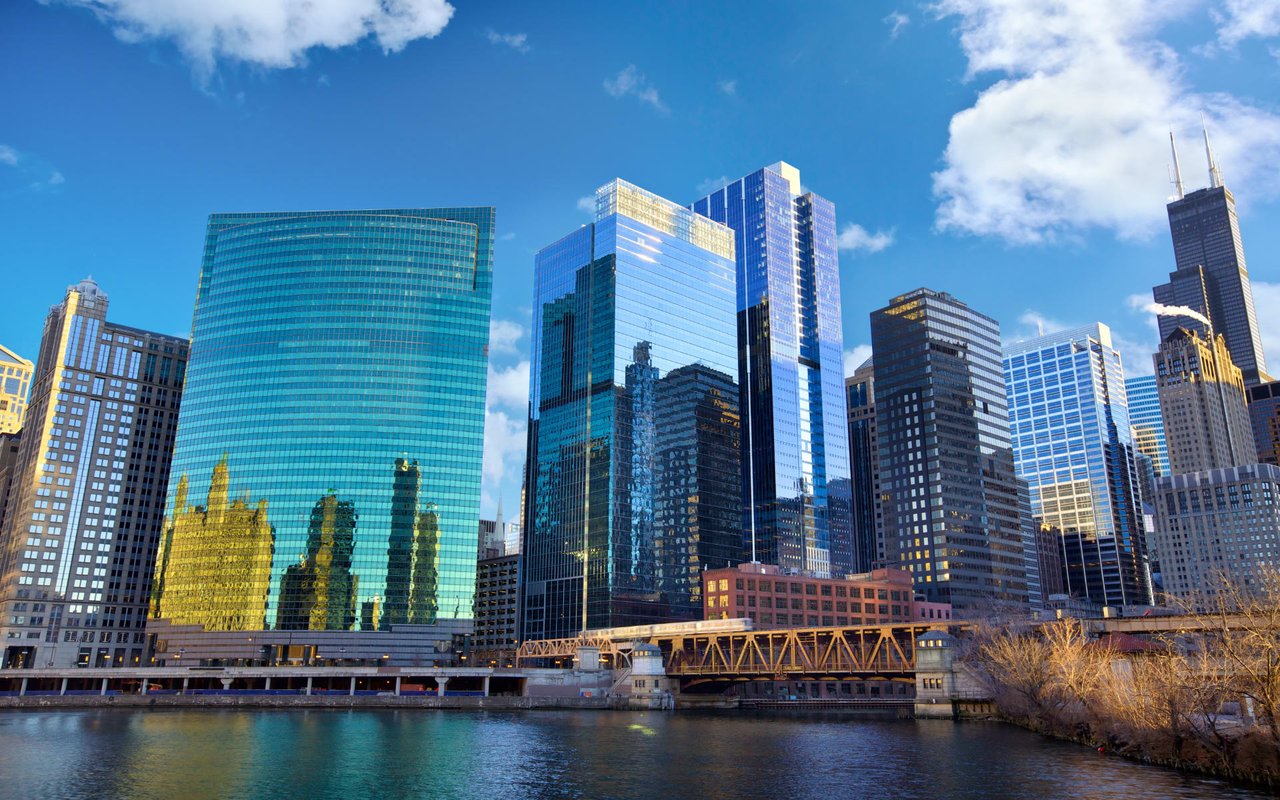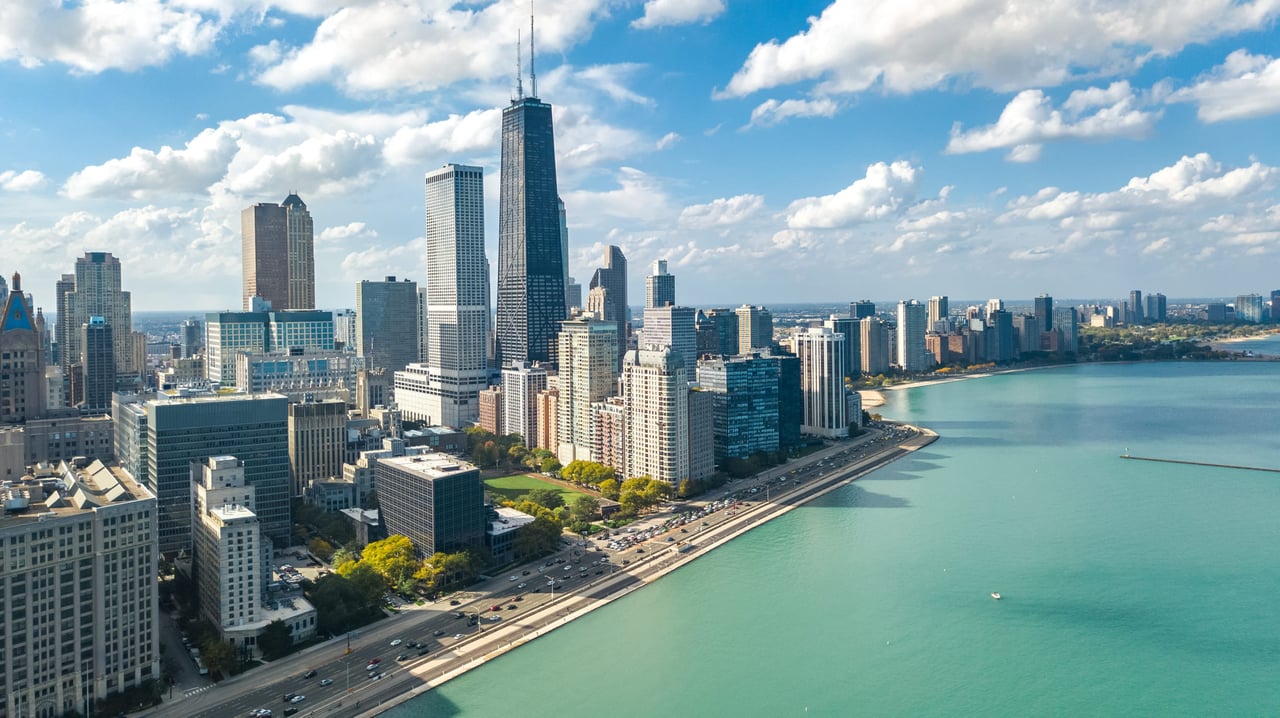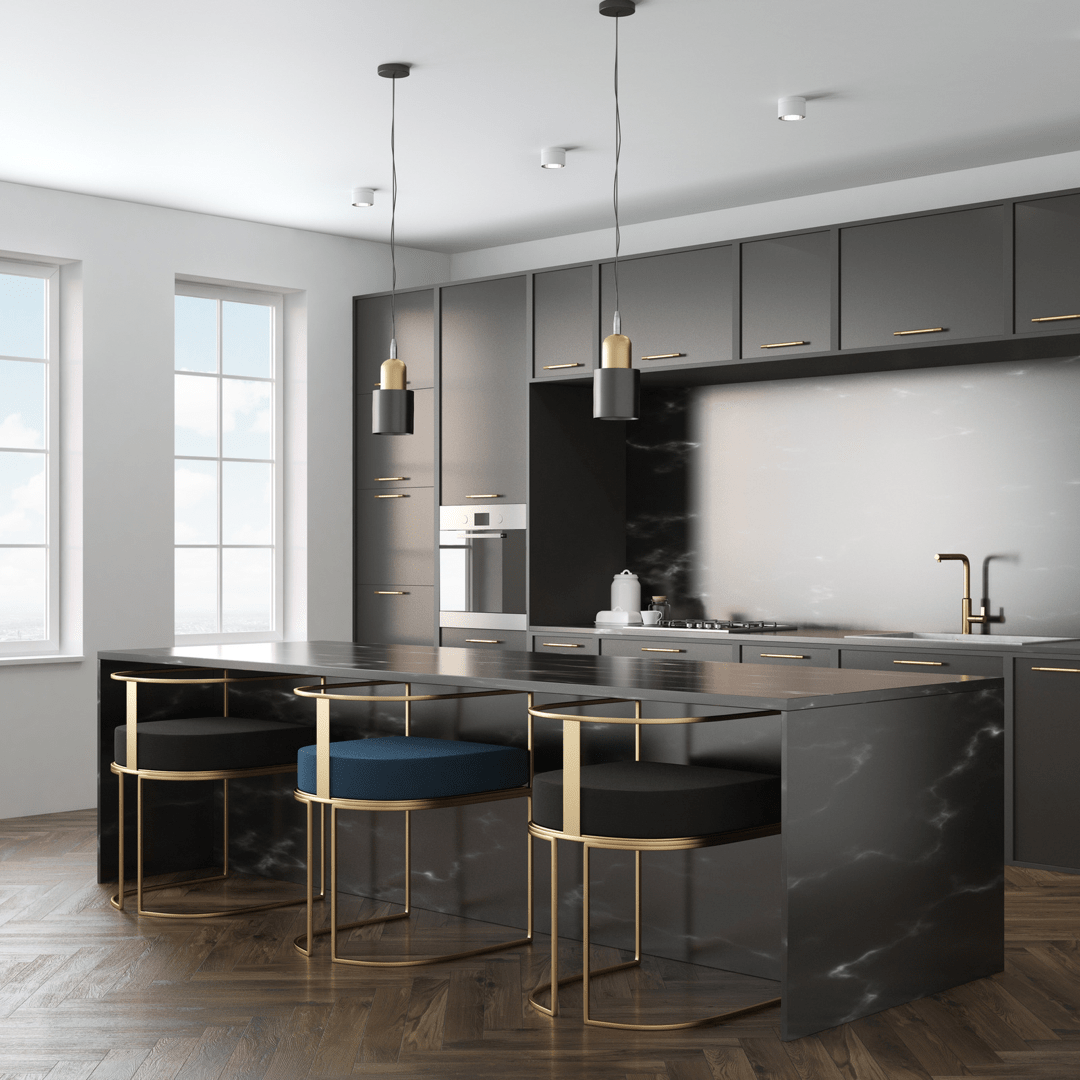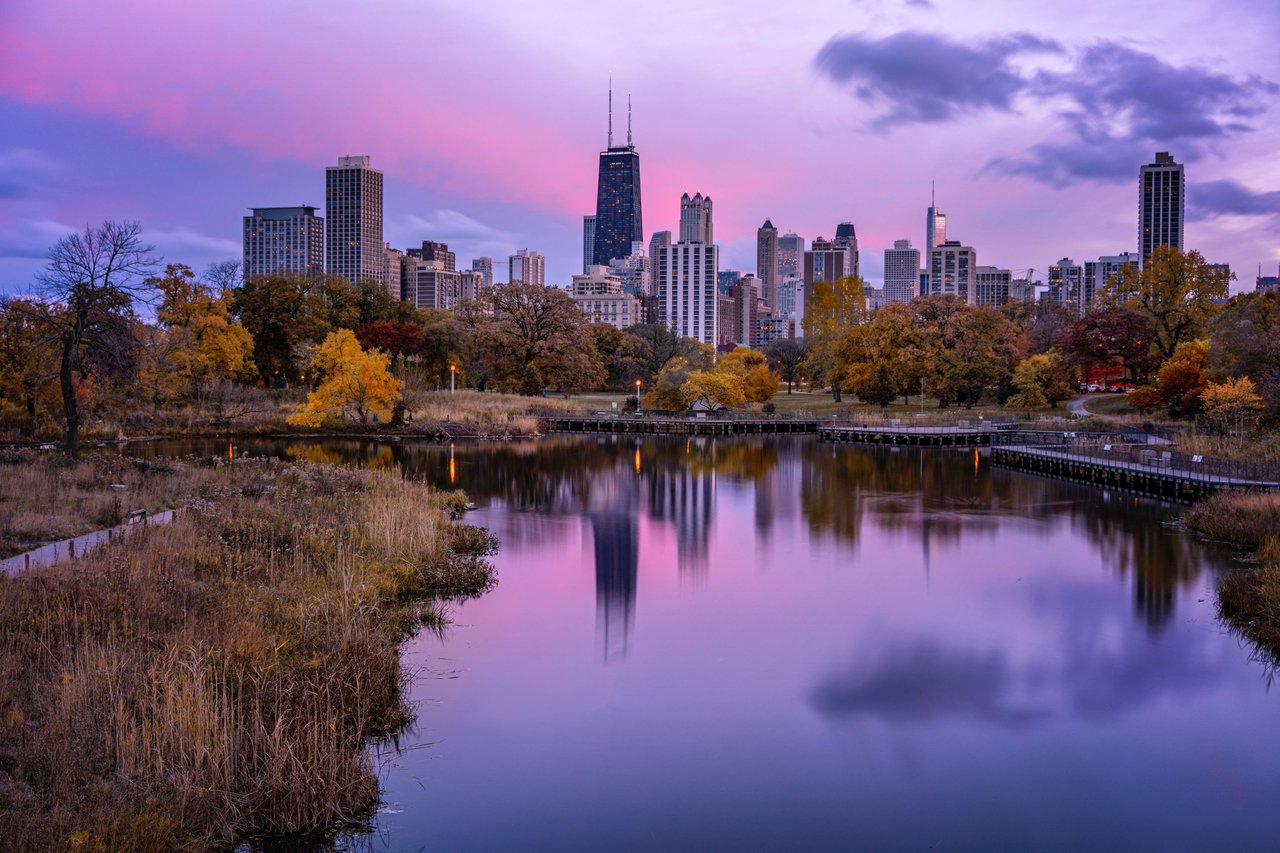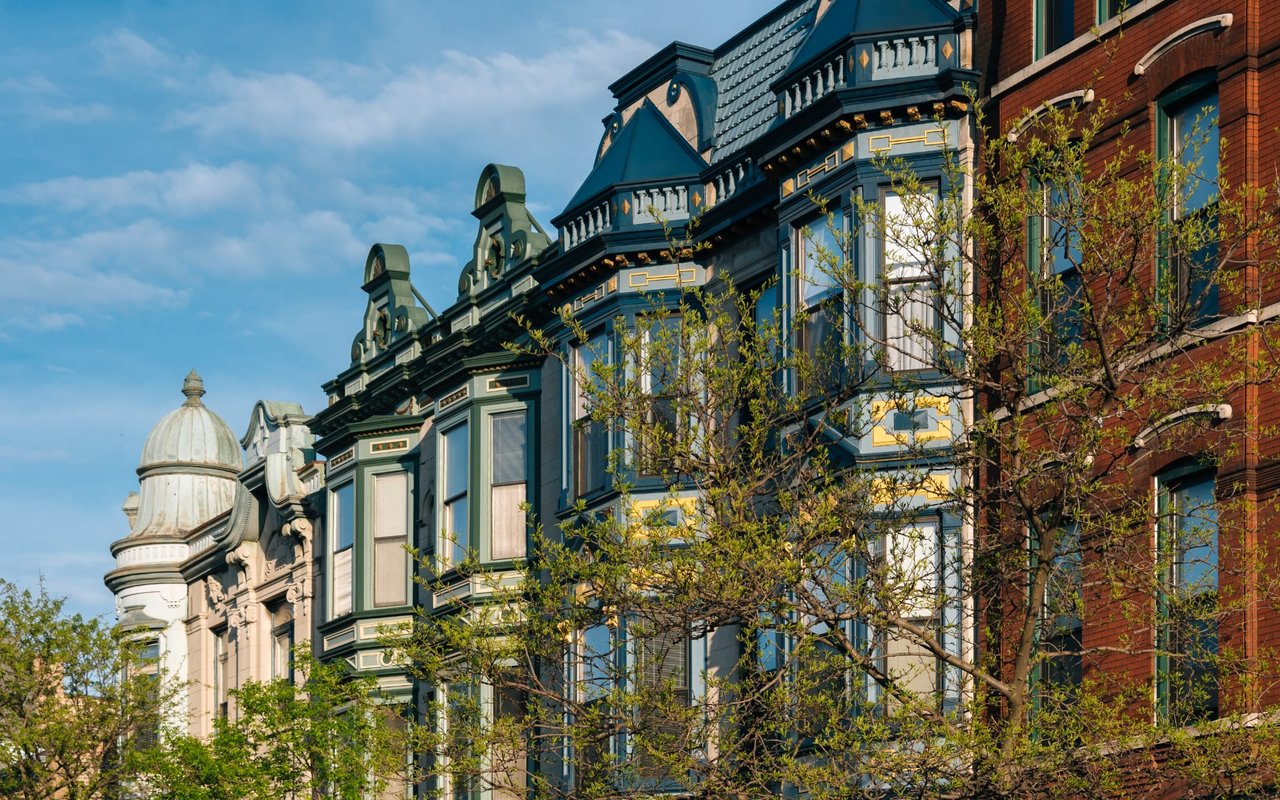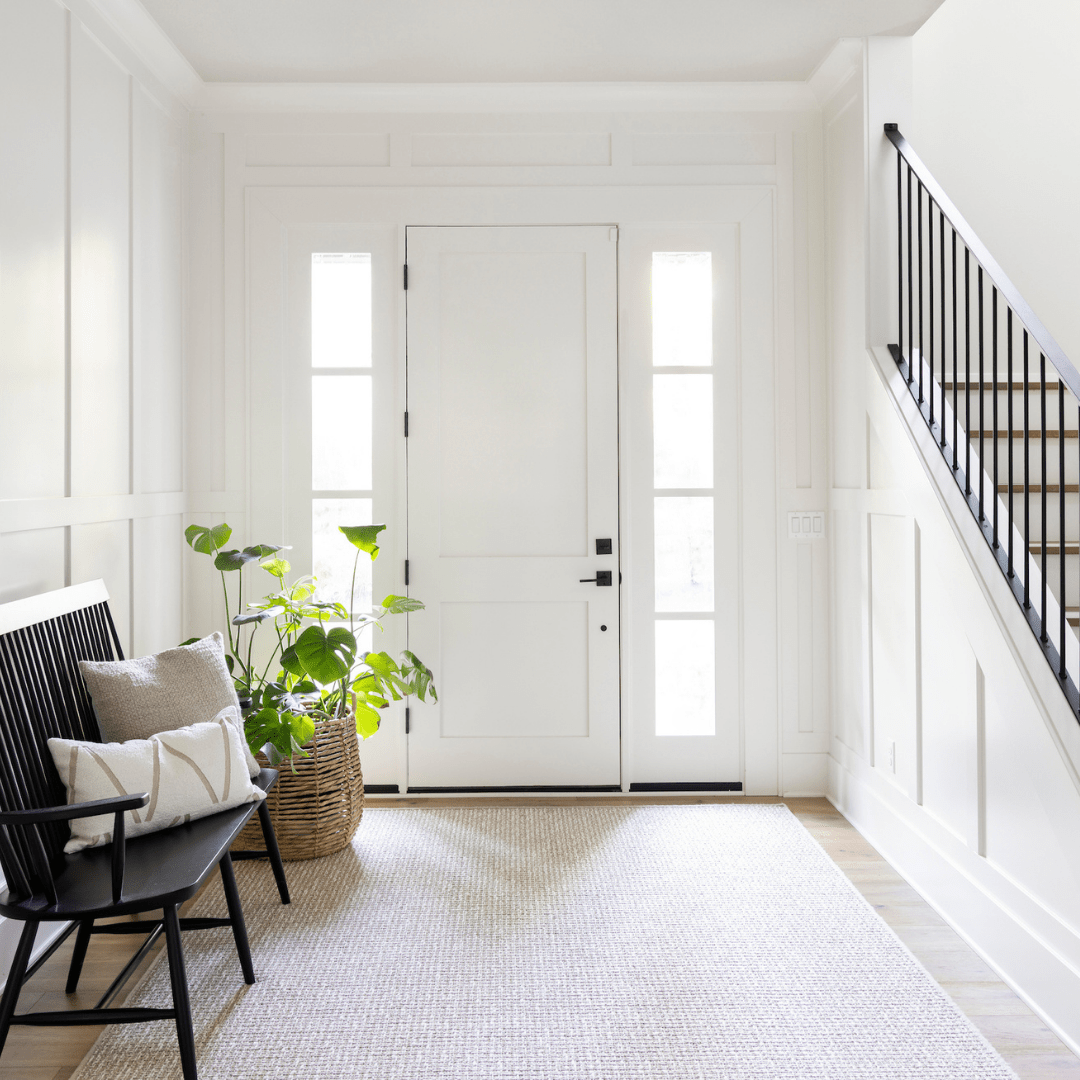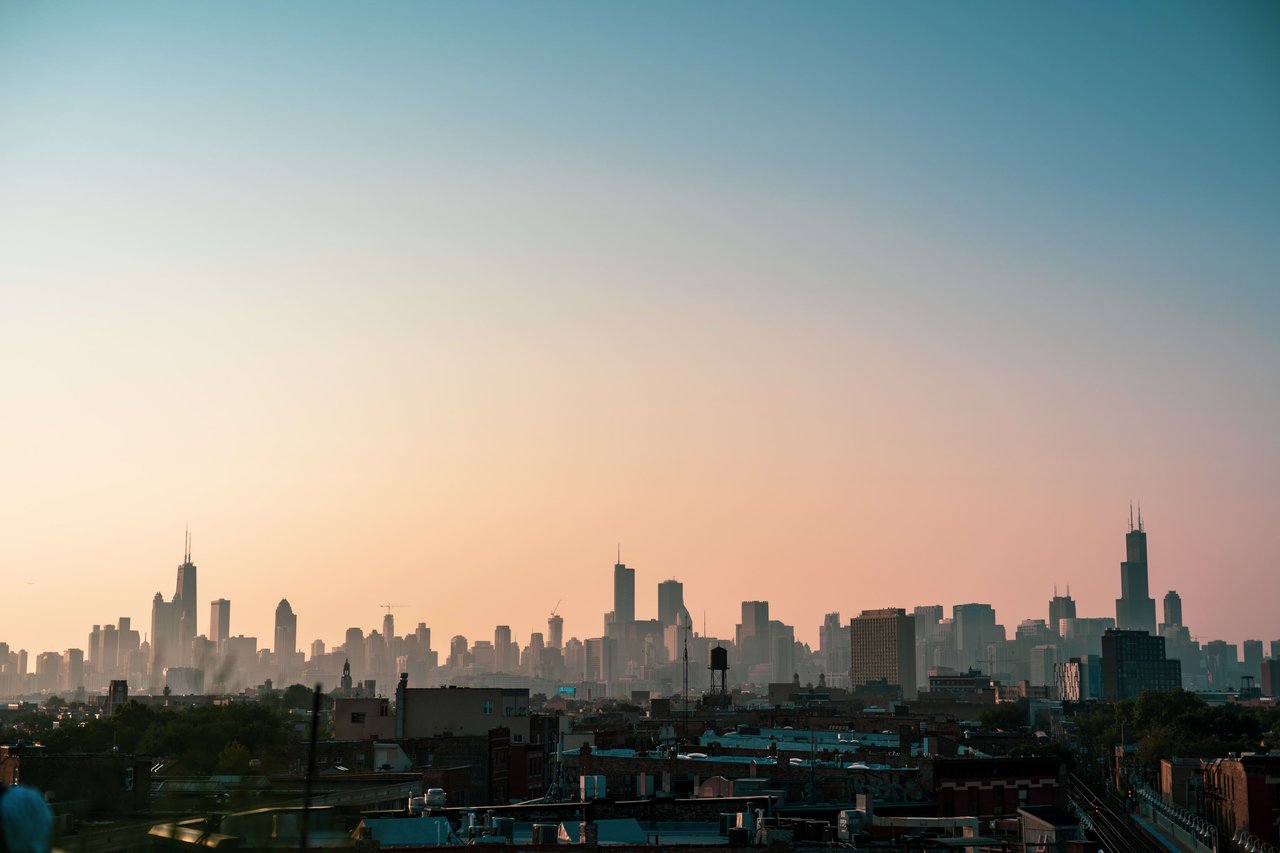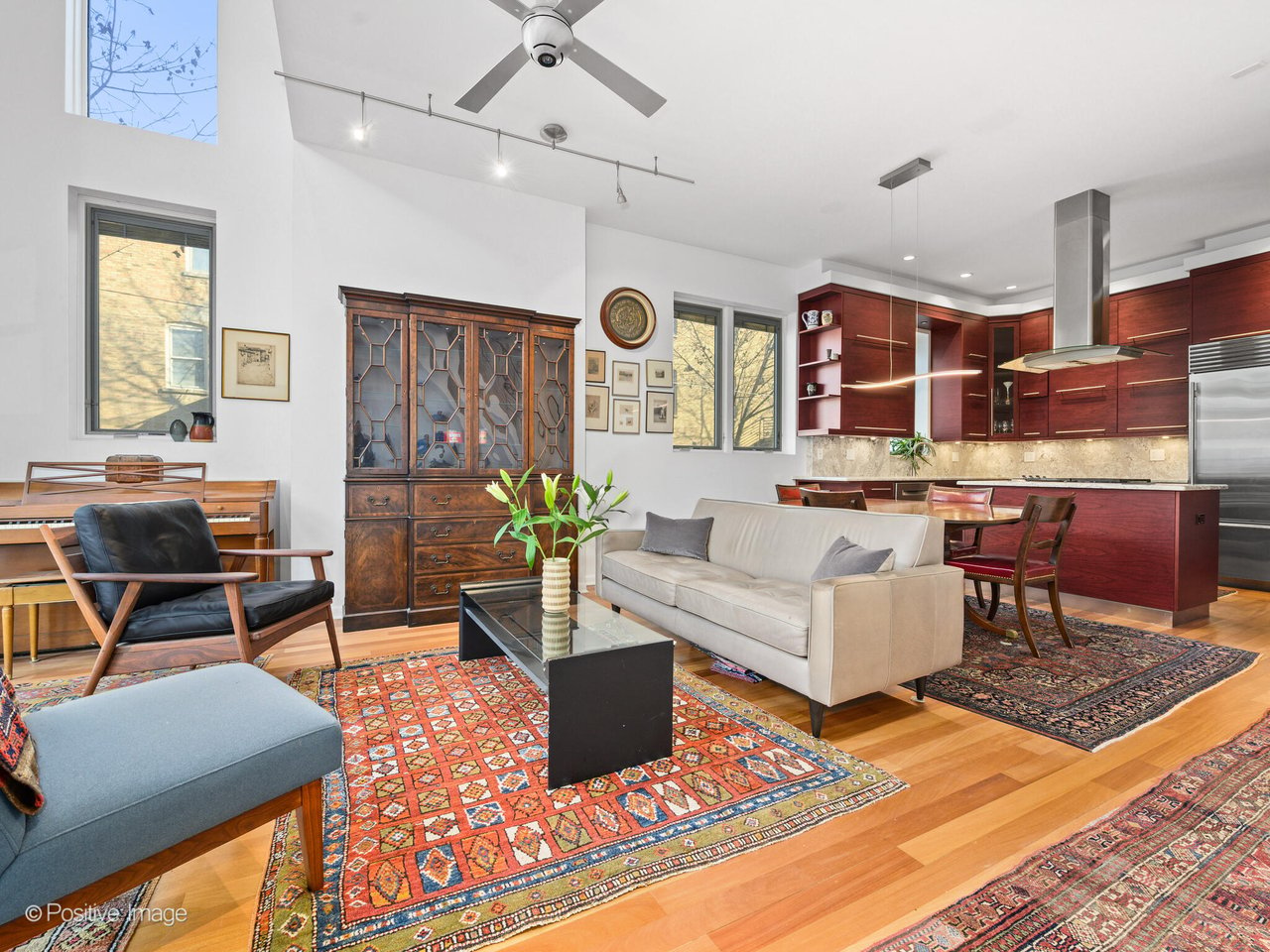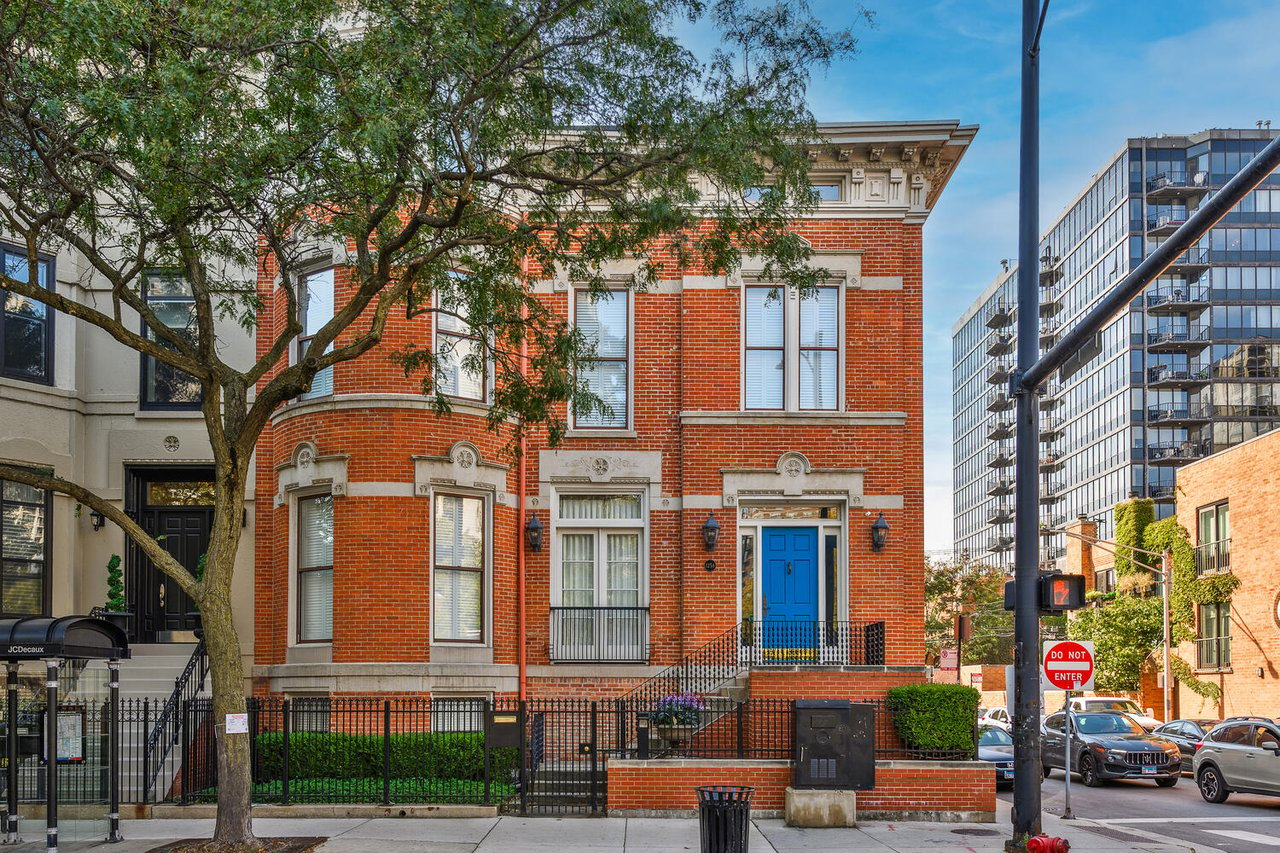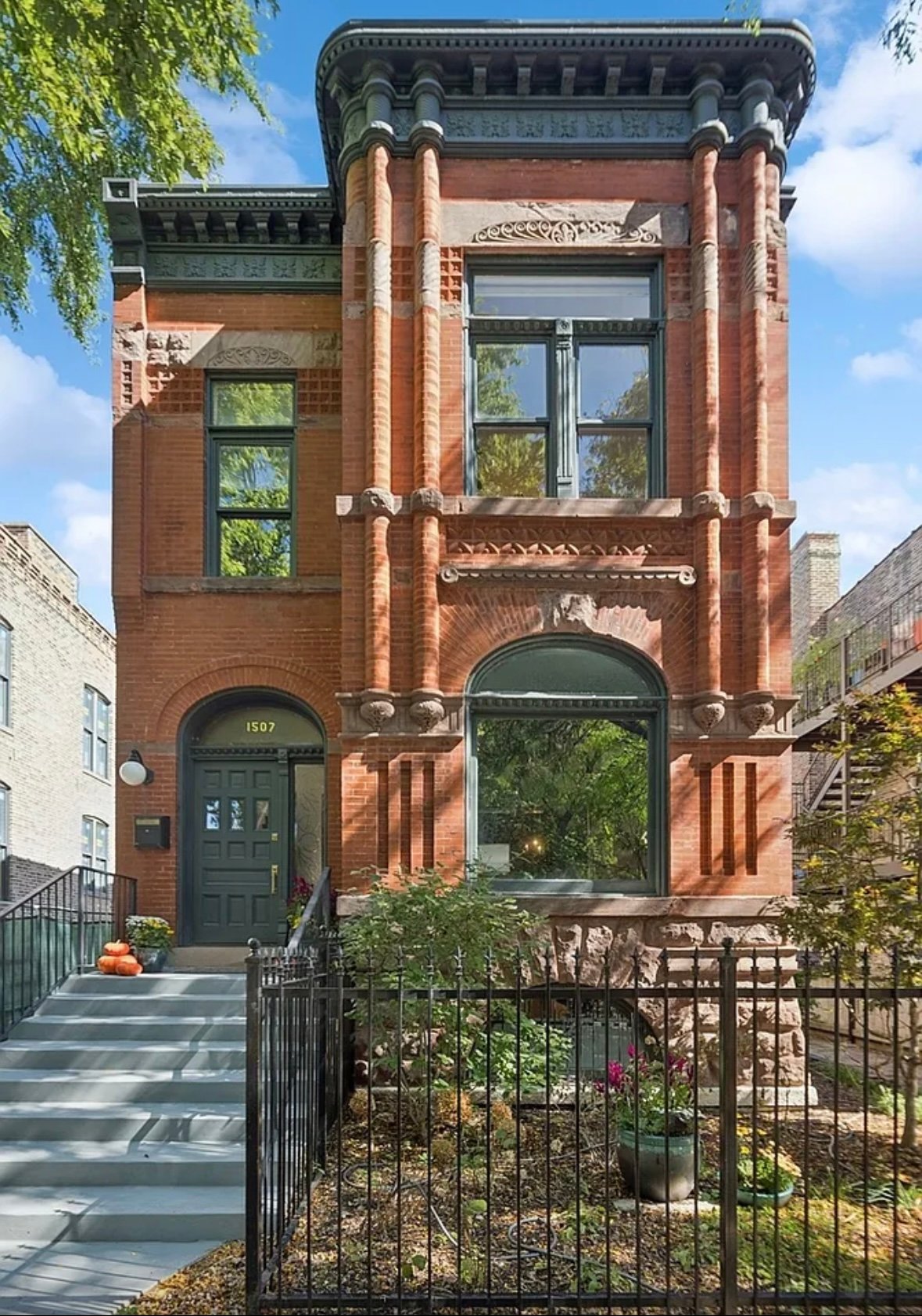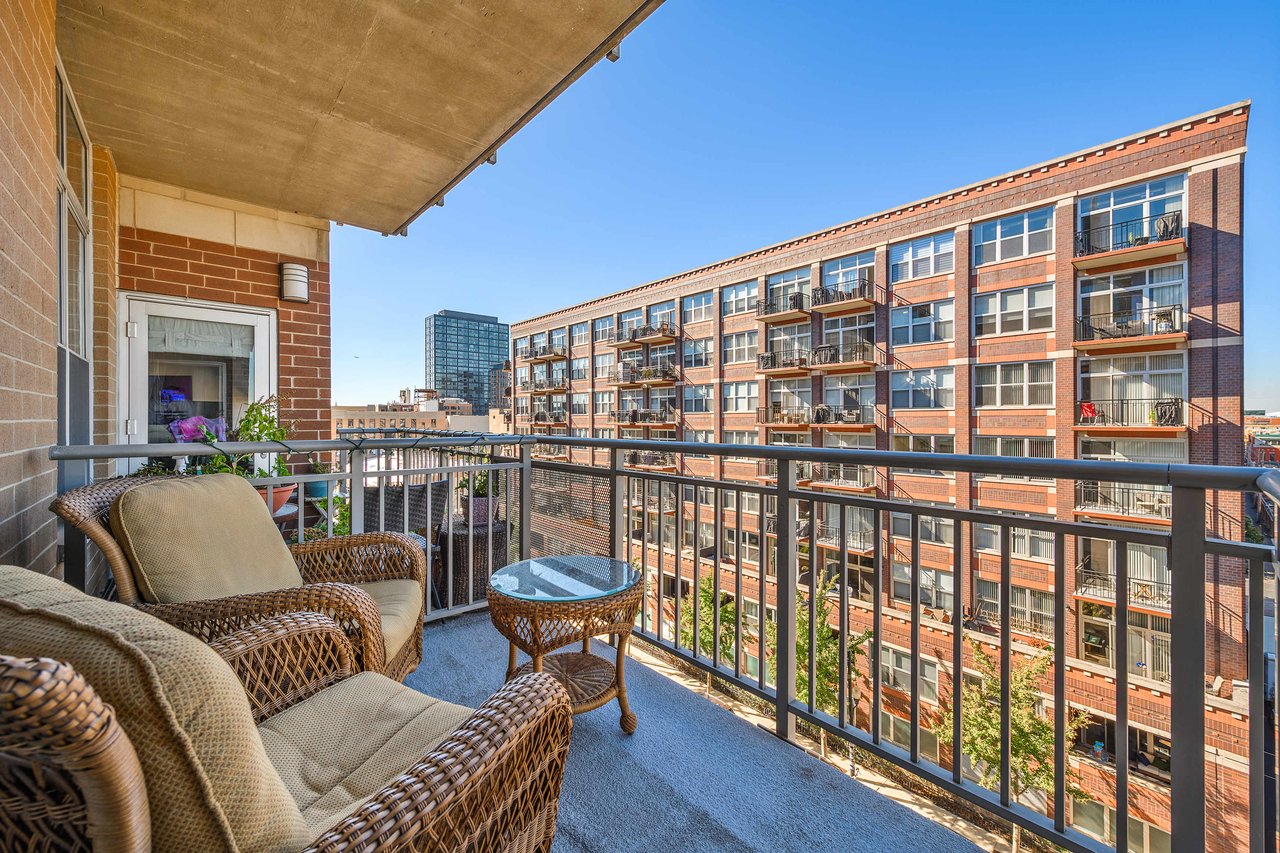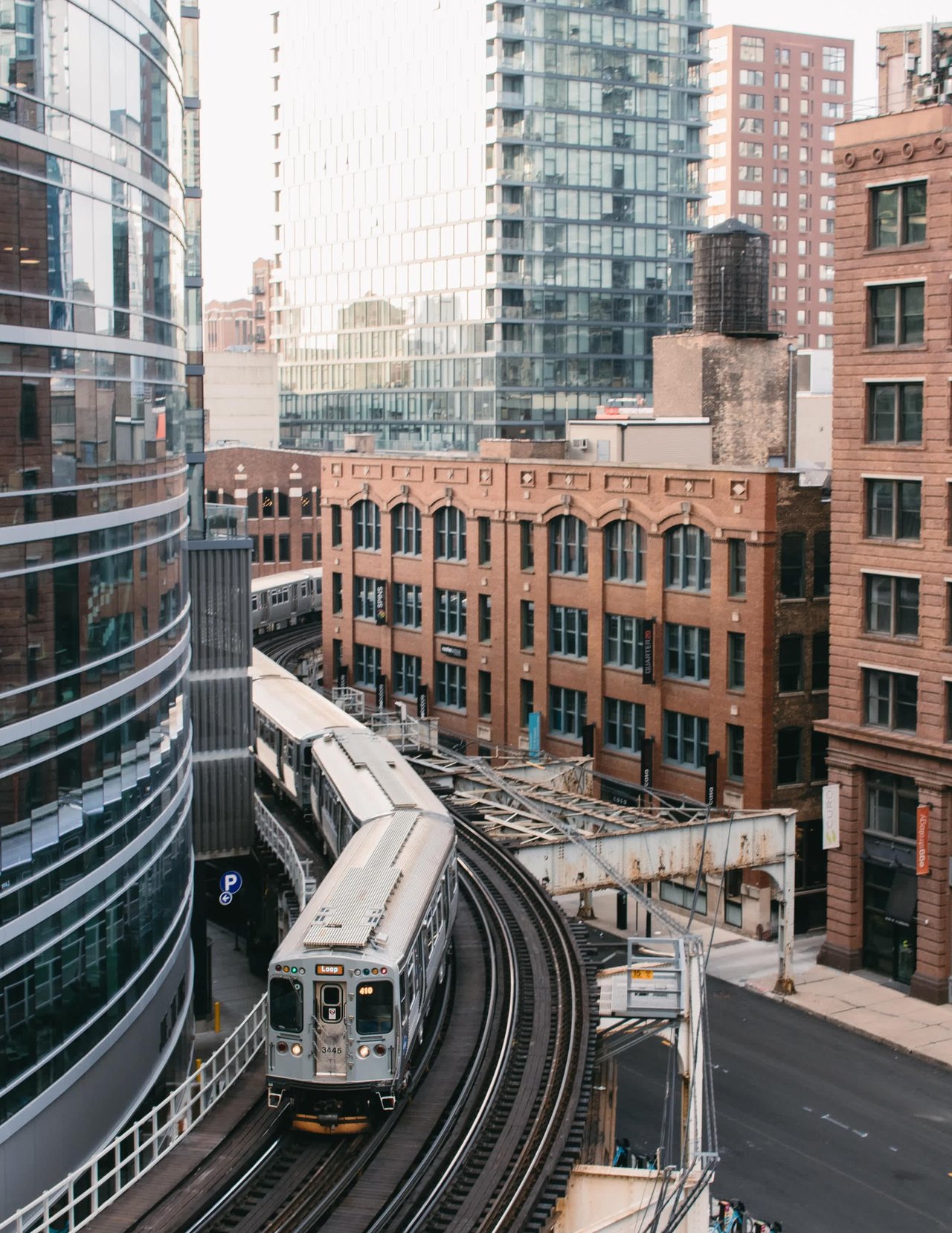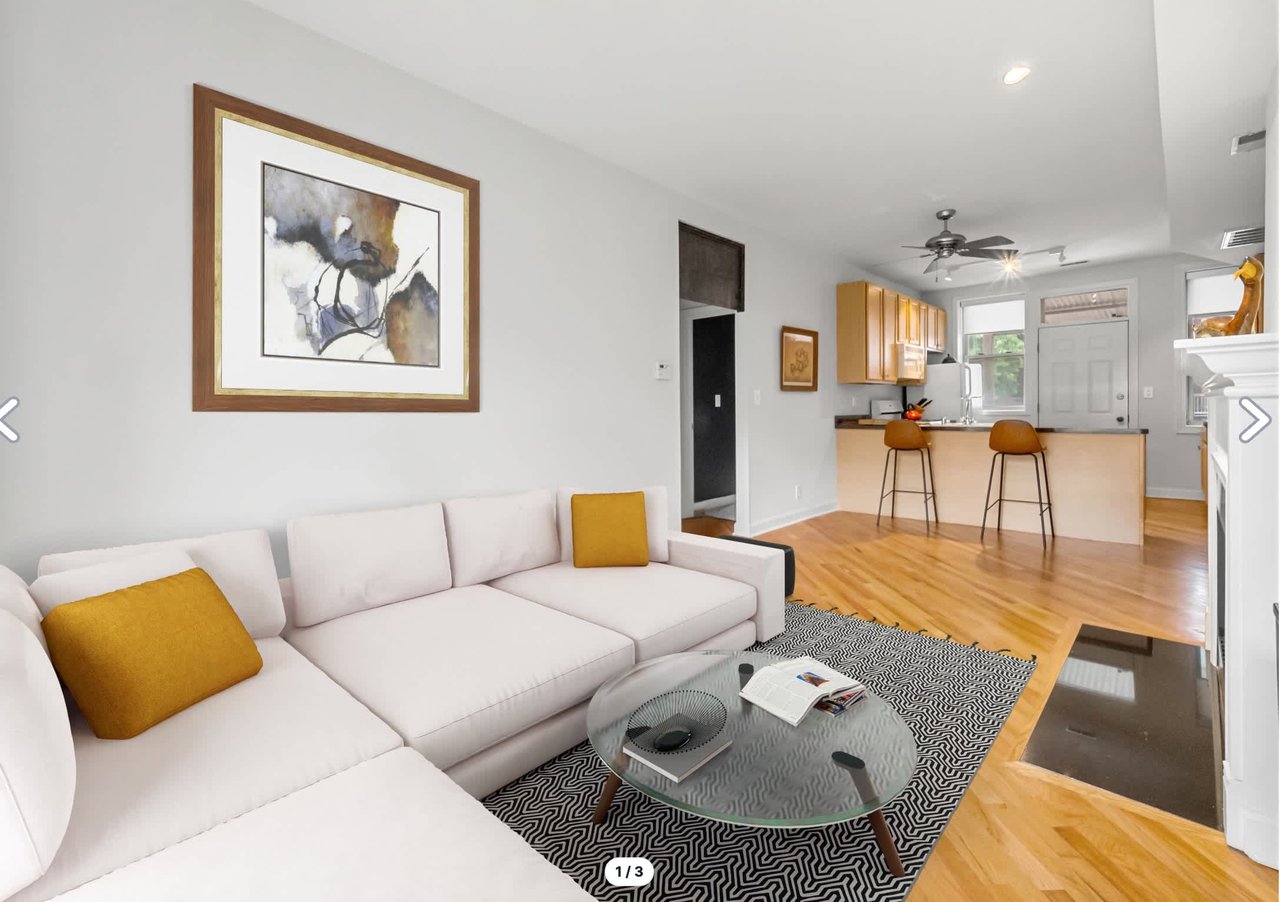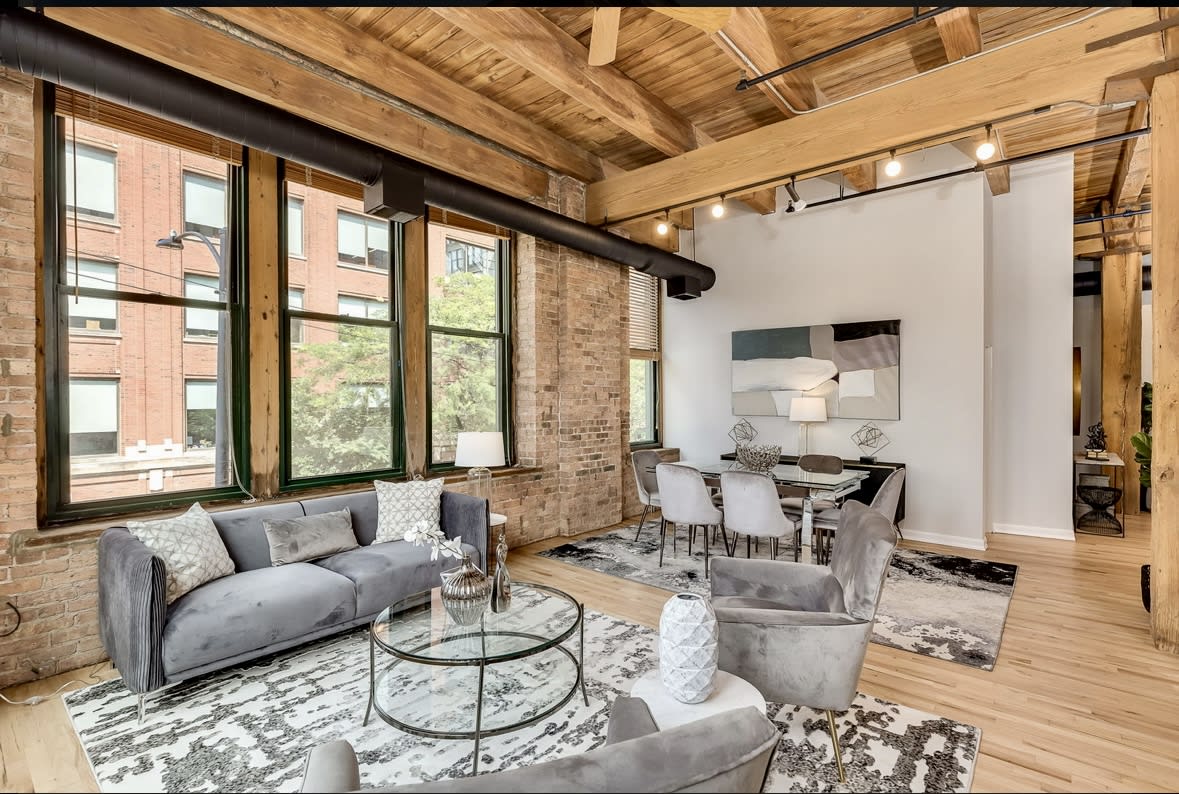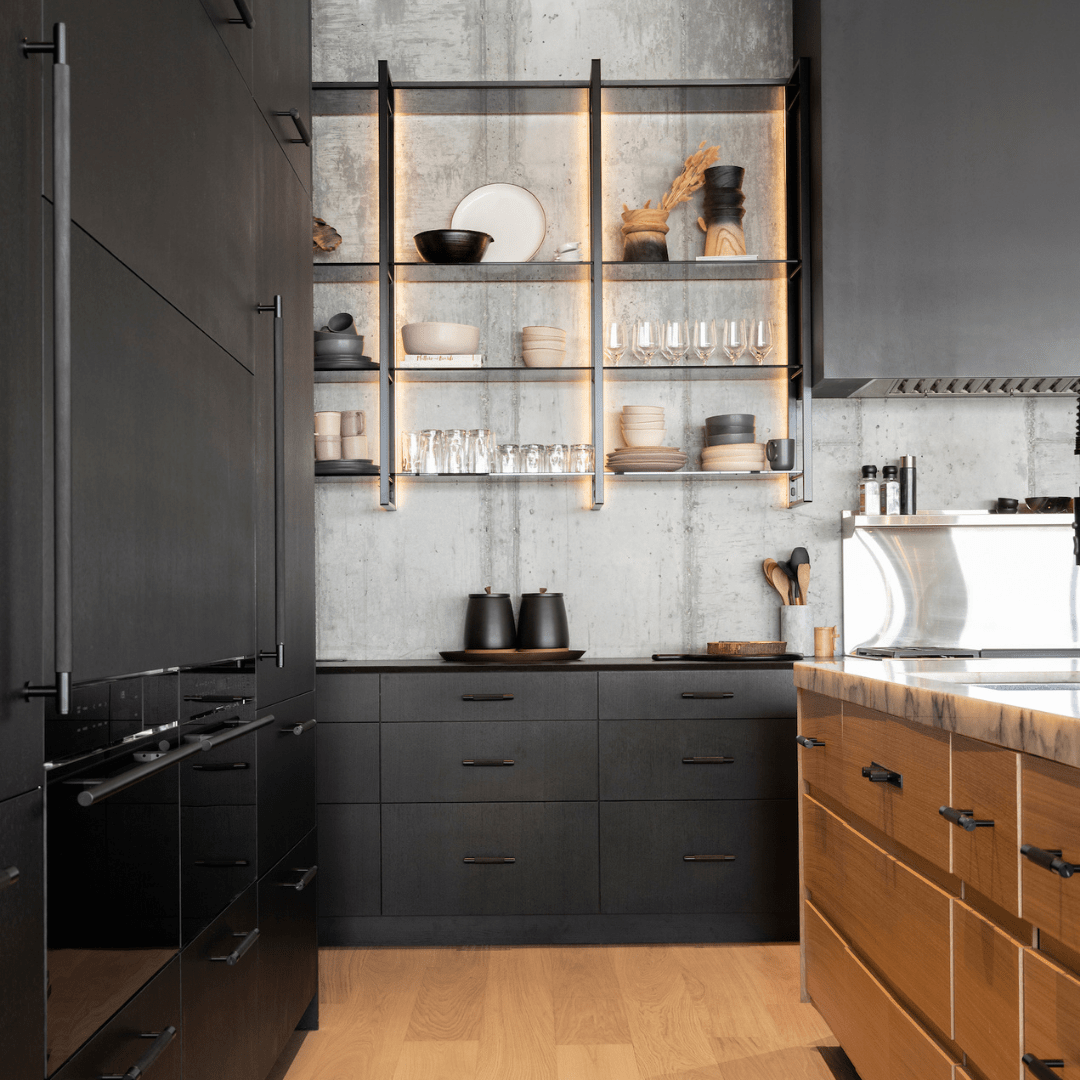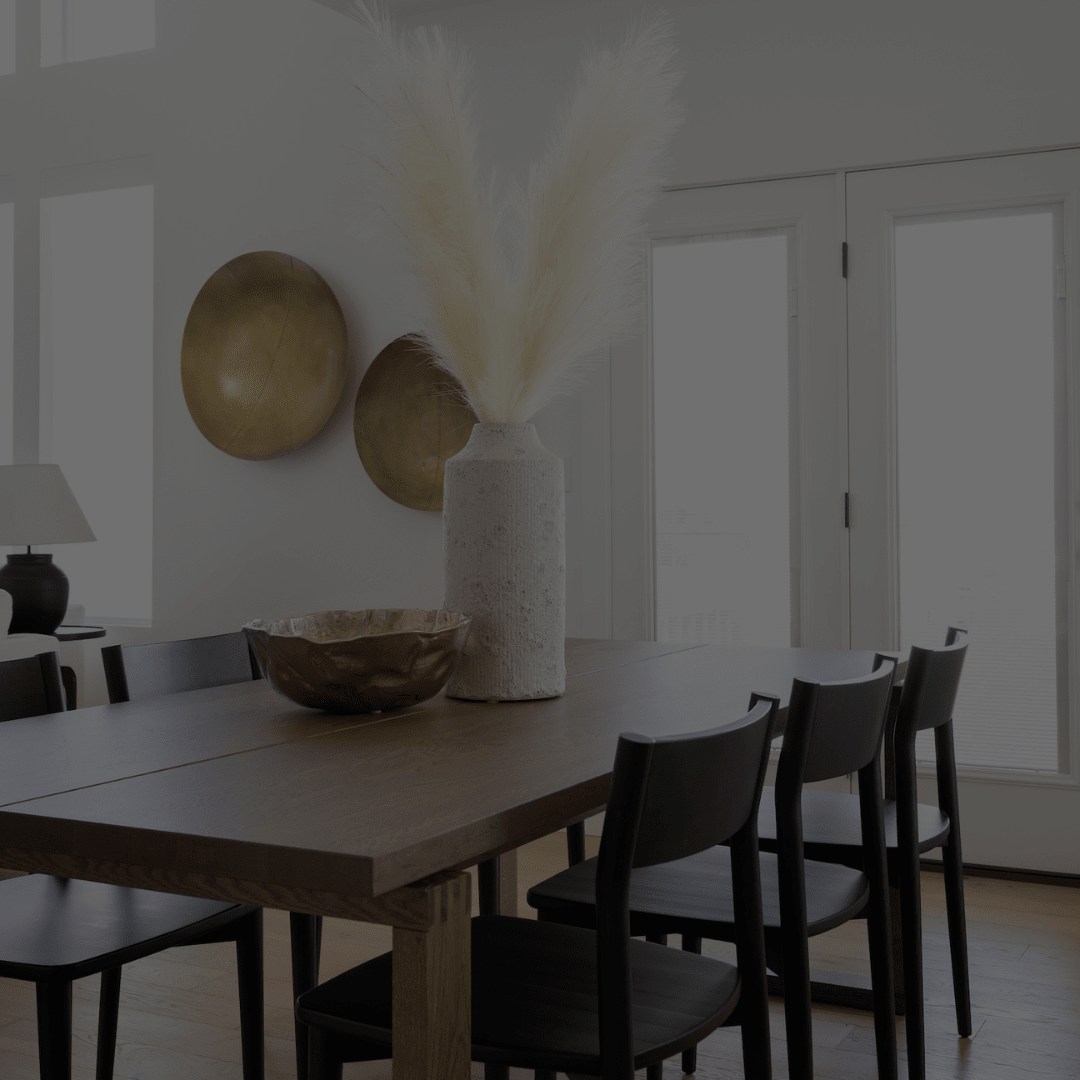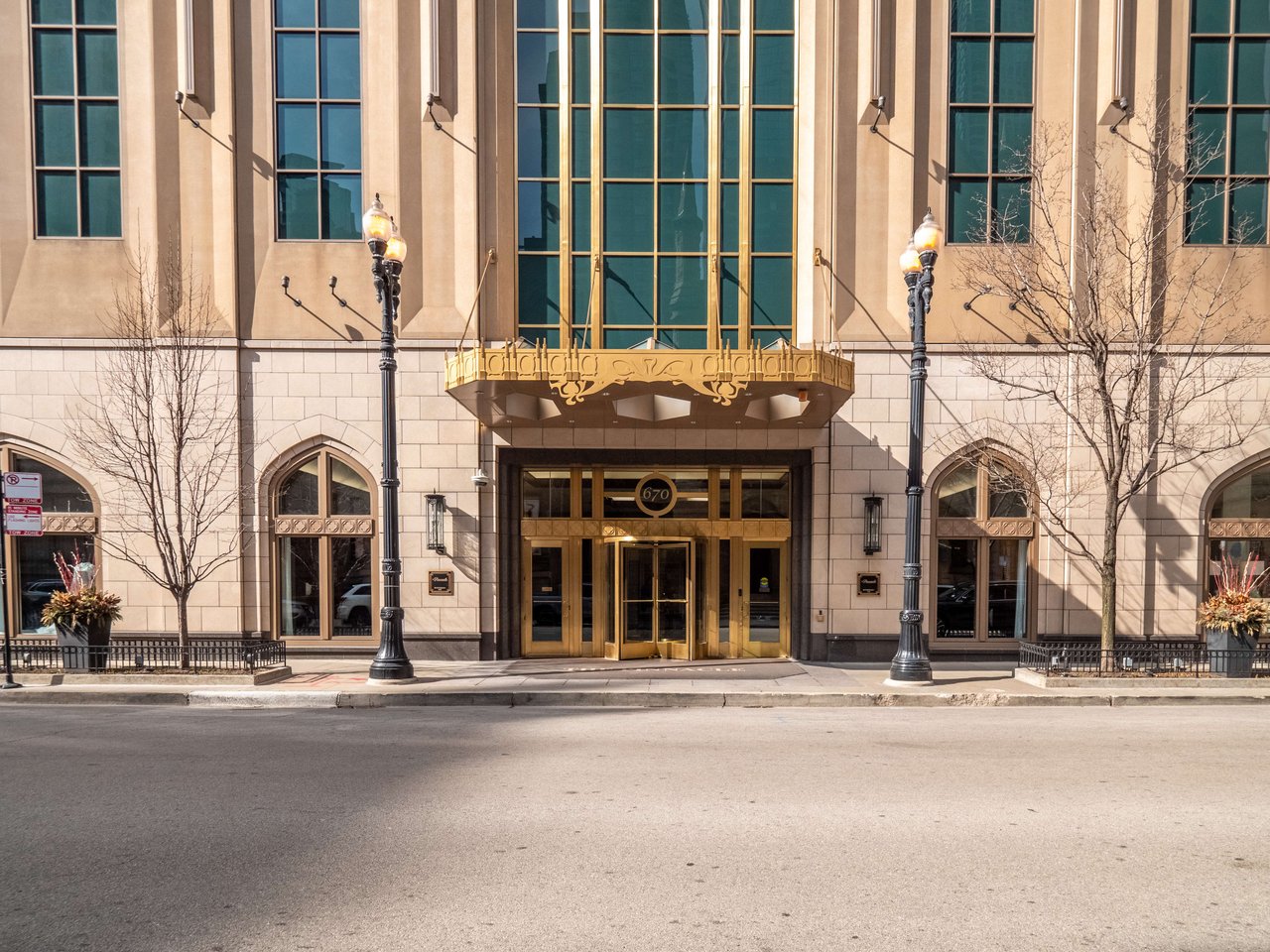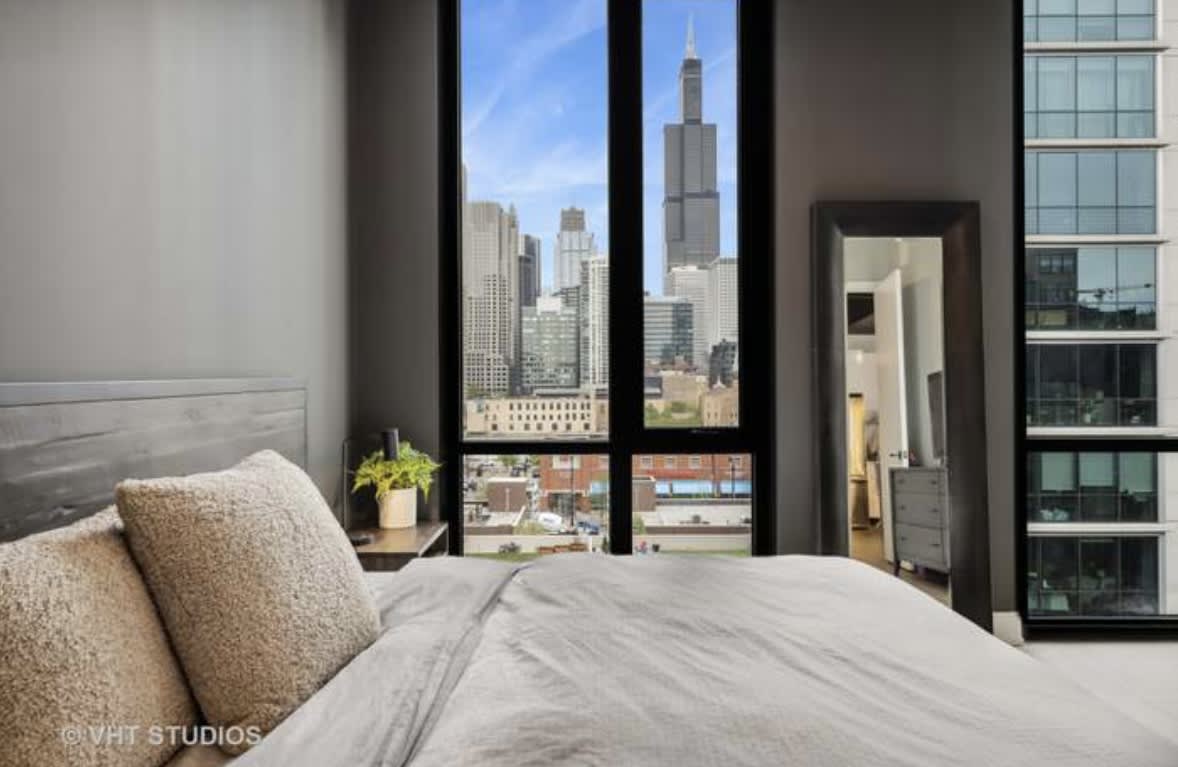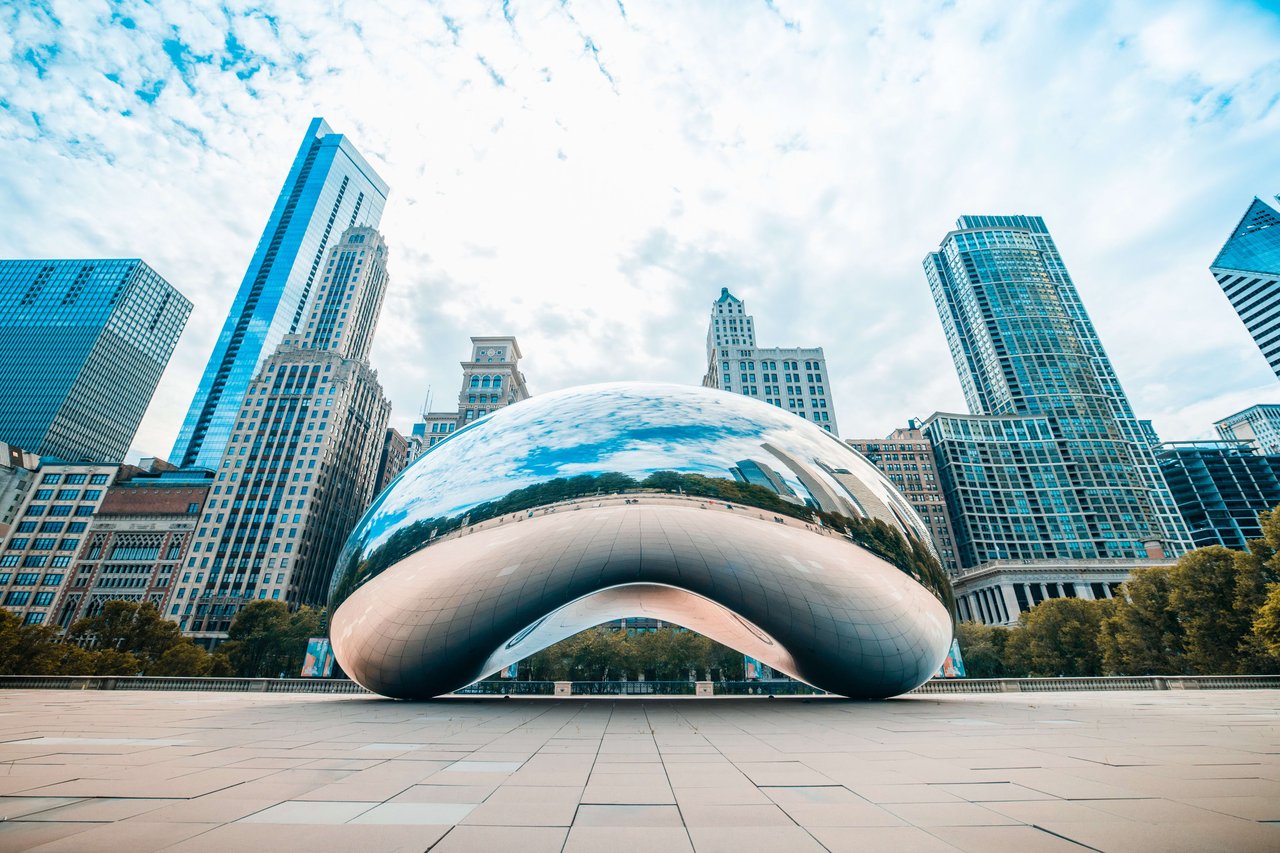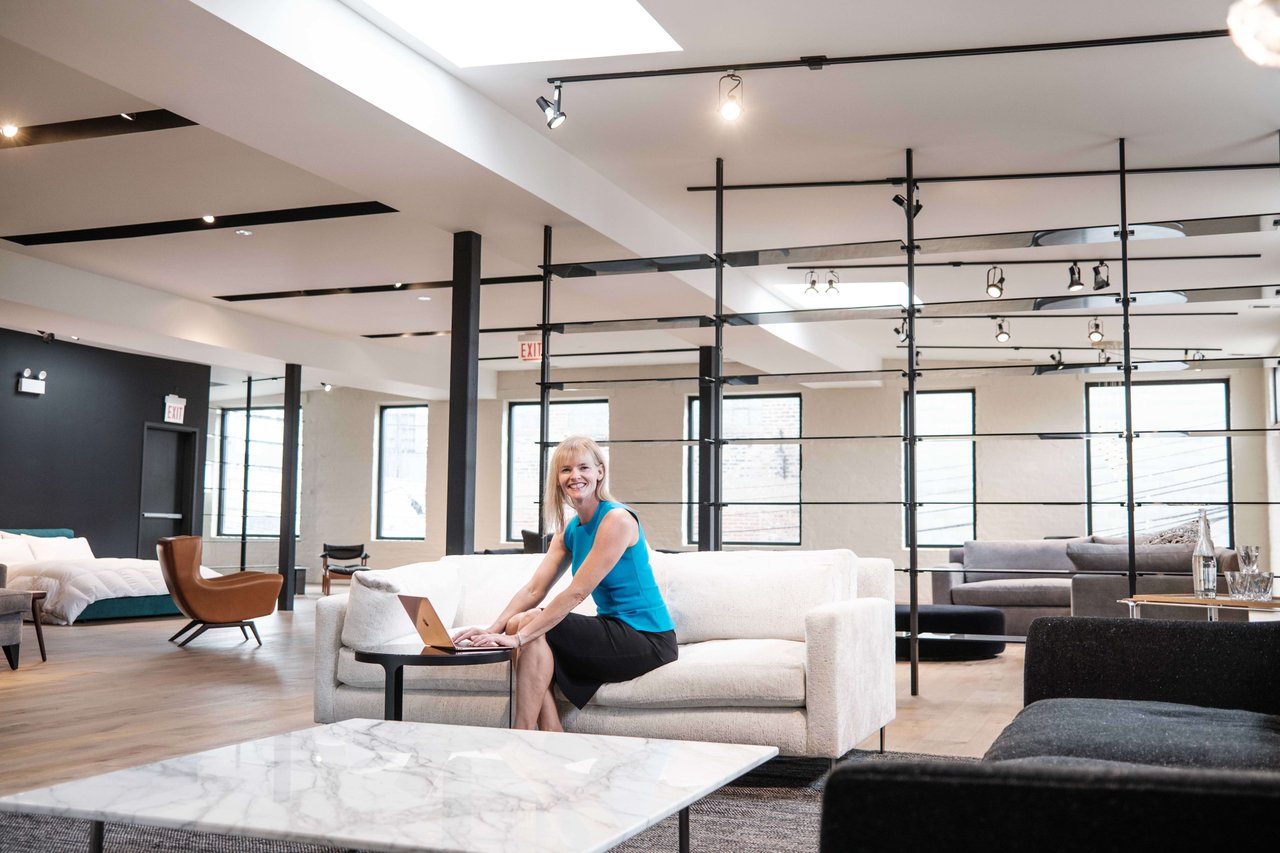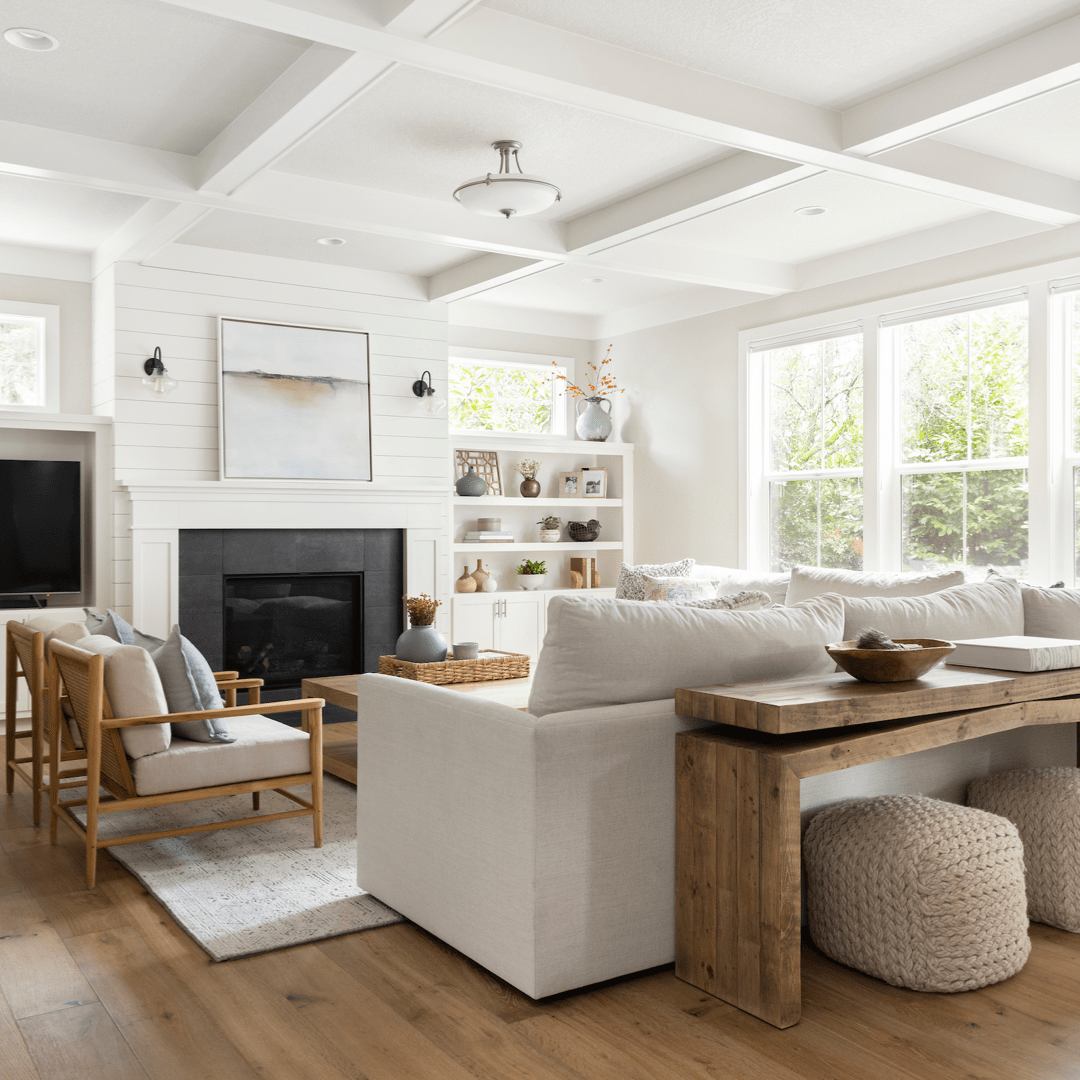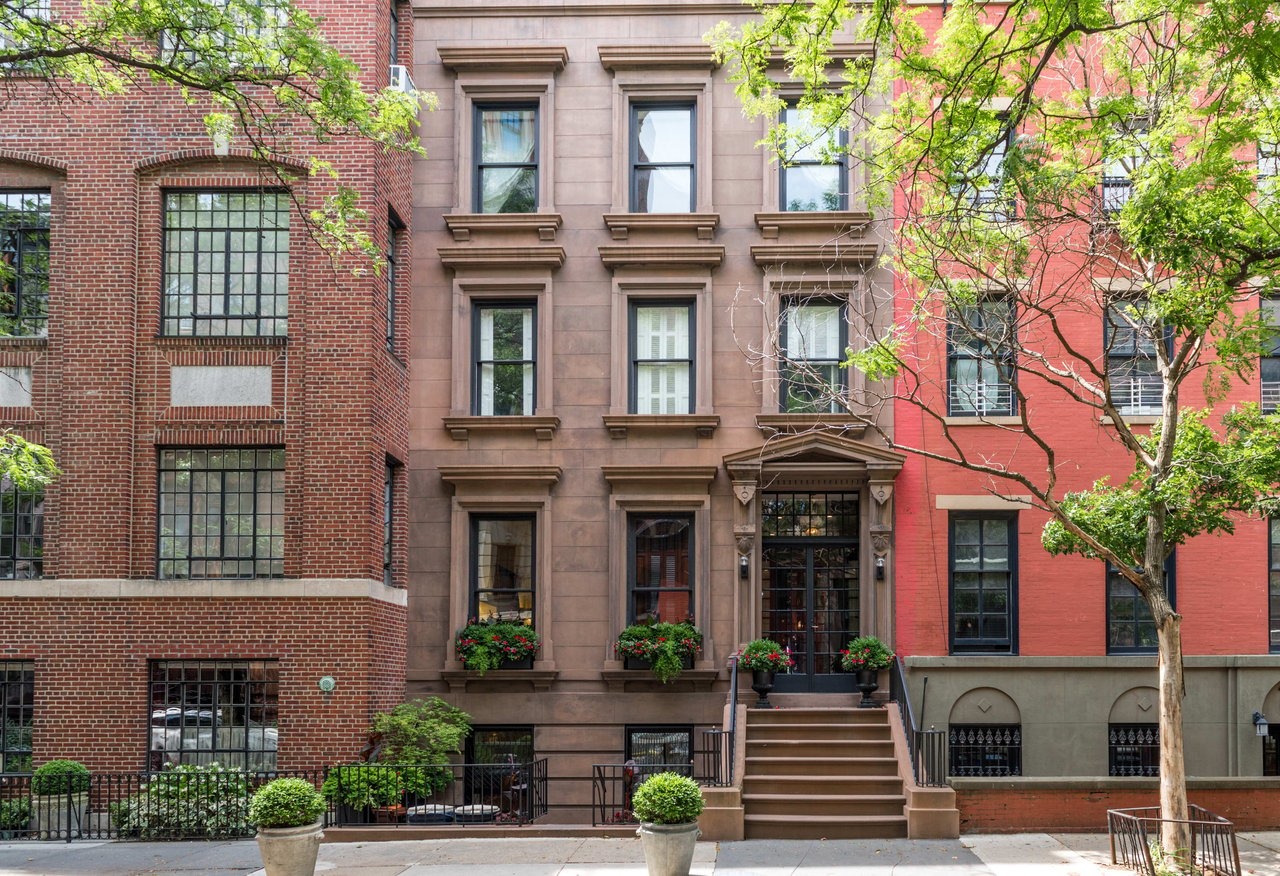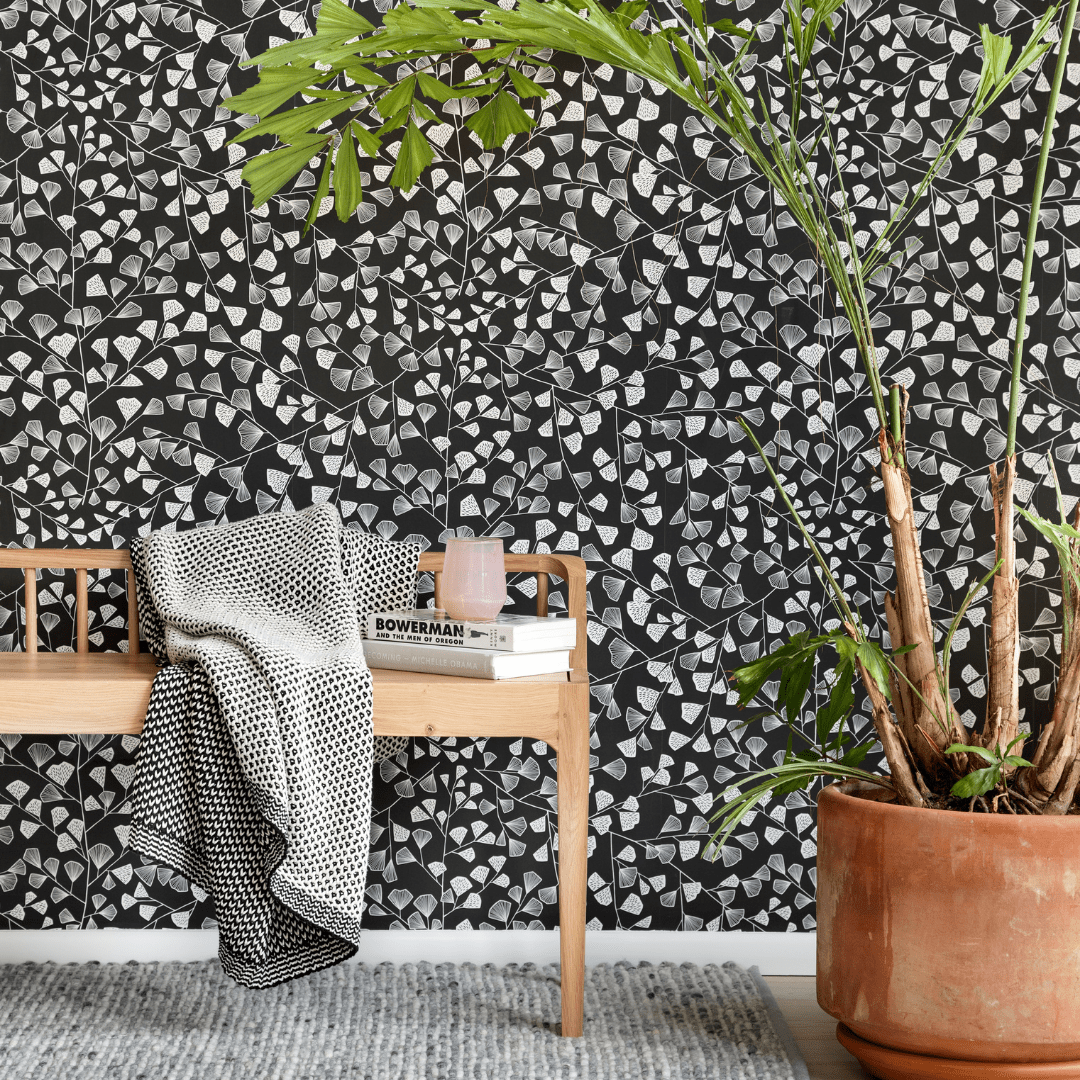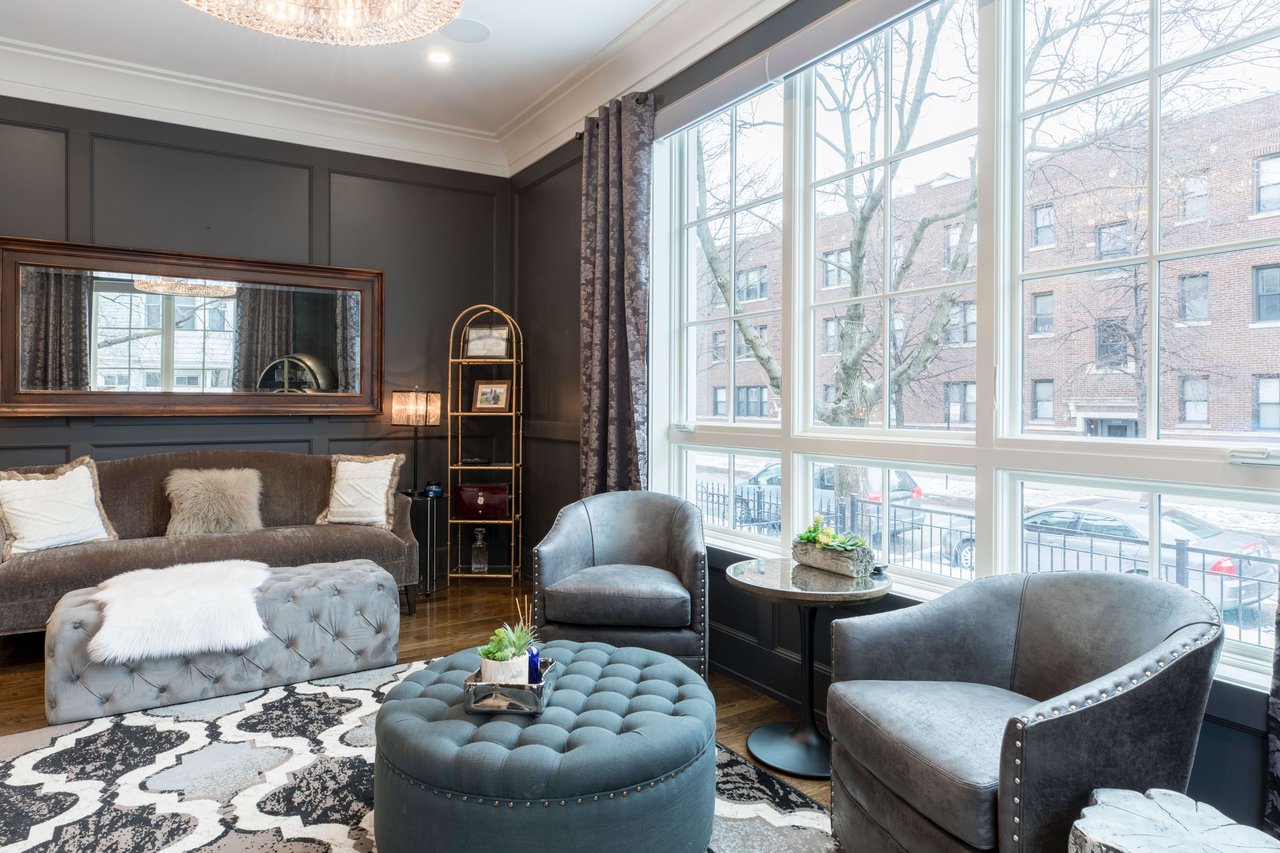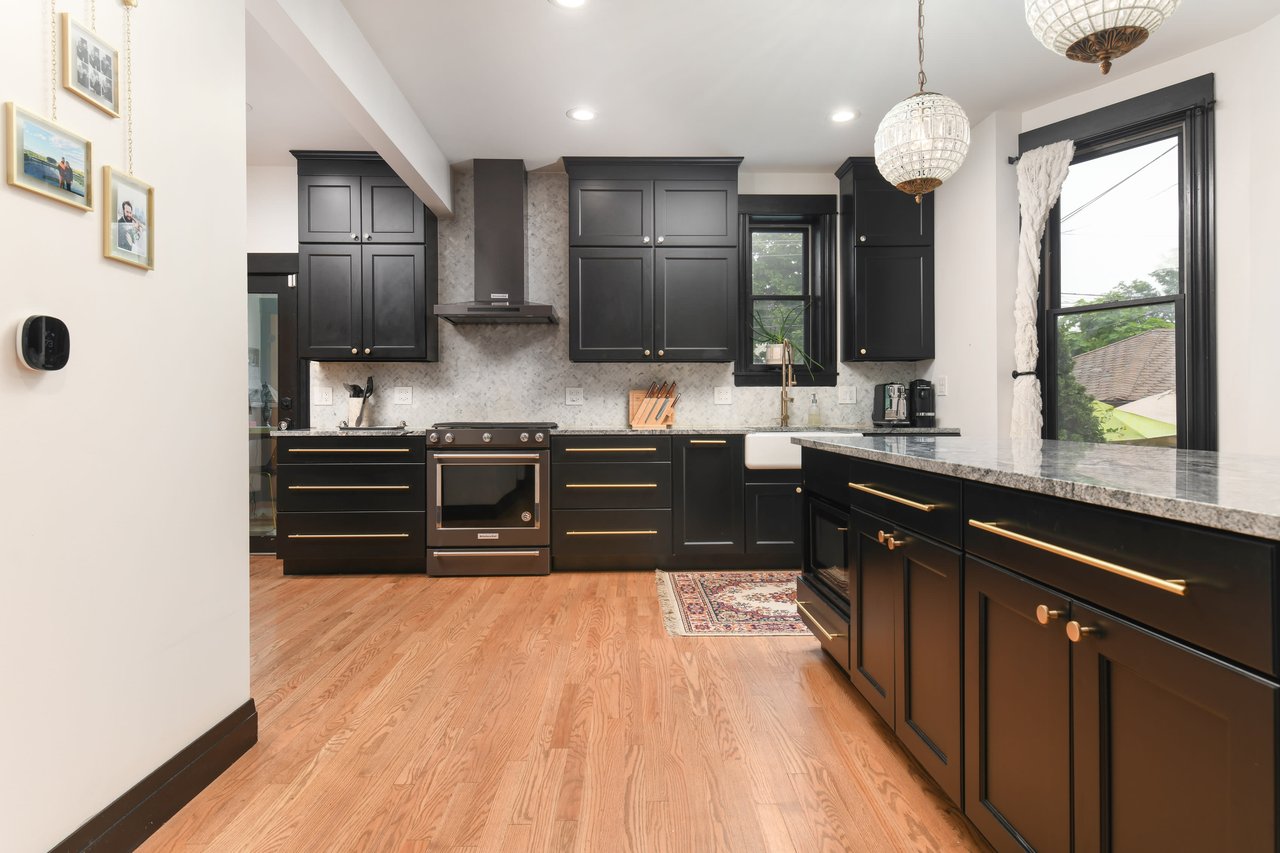Wicker Park is a historic and culturally diverse neighborhood in Chicago known for its arts scene, historic architecture, and lively atmosphere. Here is a brief history of the Wicker Park neighborhood:
1. Early Settlement: Wicker Park, located northwest of downtown Chicago, was settled by German and Scandinavian immigrants in the mid-1800s. It was originally called "Creek Town" and was situated near a natural spring, which was an essential water source for the early settlers.
2. Development and Name Change: As more immigrants moved into the area, it developed into a thriving community. In 1868, the neighborhood's name was changed to Wicker Park, after the park of the same name that was donated to the city by Charles G. Wicker, a businessman and alderman.
3. Gilded Age: During the late 19th century and early 20th century, Wicker Park was a fashionable and affluent neighborhood. The area was characterized by beautiful Victorian and Italianate architecture, and many wealthy families lived there.
4. Diverse Population: Wicker Park has a history of being home to a diverse population, including immigrants from Eastern Europe, Scandinavia, and Germany. It was known for its cultural diversity, with churches and community institutions reflecting the backgrounds of its residents.
5. Urban Decline: In the mid-20th century, Wicker Park, like many other neighborhoods in Chicago, experienced a period of urban decline and many of the grand old homes fell into disrepair.
6. Revival and Gentrification: In the 1980s and 1990s, Wicker Park began to see a revival. The neighborhood attracted artists, musicians, and young professionals looking for affordable housing and studio space. This resurgence was marked by the opening of independent businesses, art galleries, and live music venues.
7. Arts and Culture Hub: Wicker Park became a hub for the arts and indie music scenes, with venues like the Double Door and Subterranean hosting local and national acts. It was also home to numerous art galleries, contributing to its reputation as a cultural center.
8. Development: As the neighborhood's popularity grew, property values and rents increased. The historic architecture was preserved and renovated, making Wicker Park an attractive place to live and visit.
9. Modern Identity: Today, Wicker Park maintains its artistic and bohemian spirit while also being home to a mix of boutiques, restaurants, and bars. It's known for its vibrant street art, street festivals, and the iconic Wicker Park fountain at its center. The neighborhood's diversity is also evident in its culinary scene, with a wide range of international cuisines.
Wicker Park has evolved from an immigrant neighborhood to an artsy and culturally rich area with a blend of historic charm and modern vibrancy. It remains one of Chicago's most beloved neighborhoods, attracting residents and visitors alike with its unique character.
